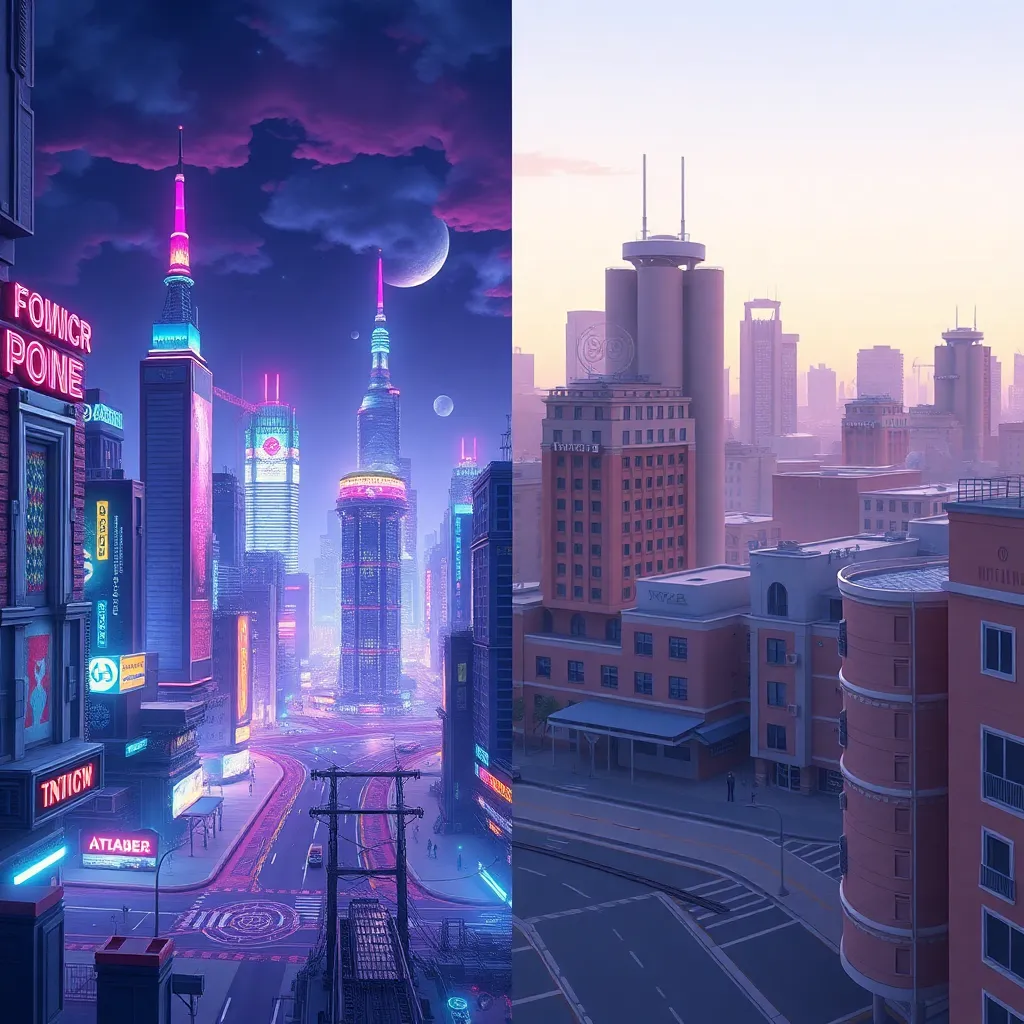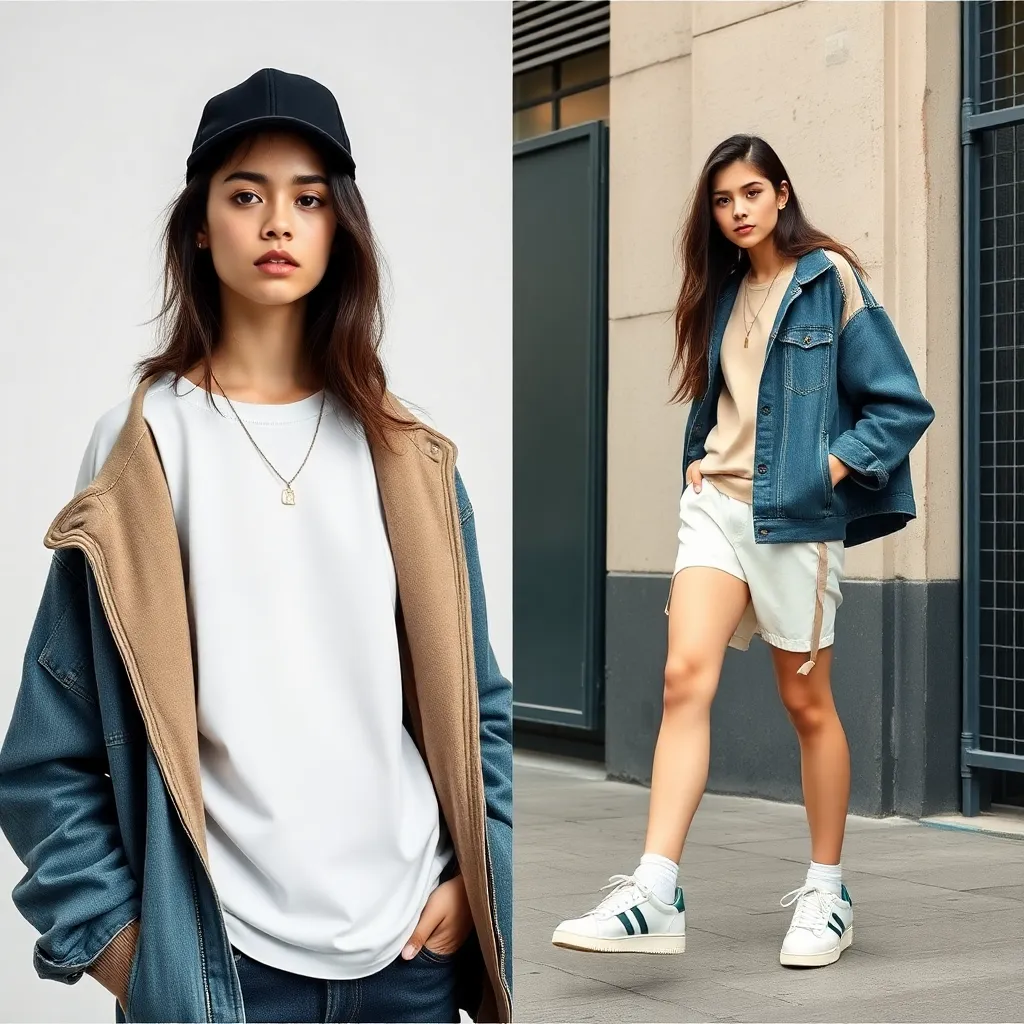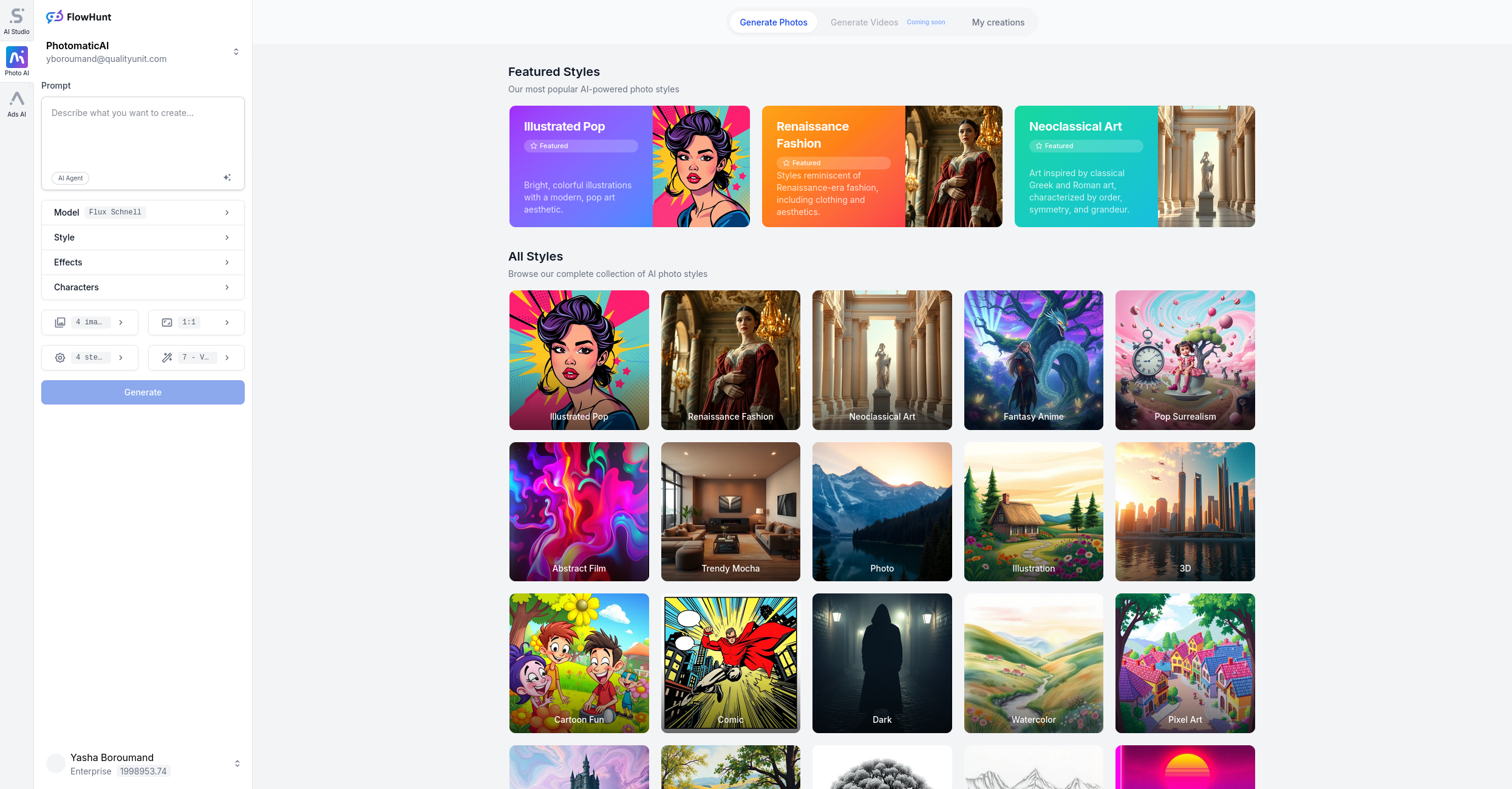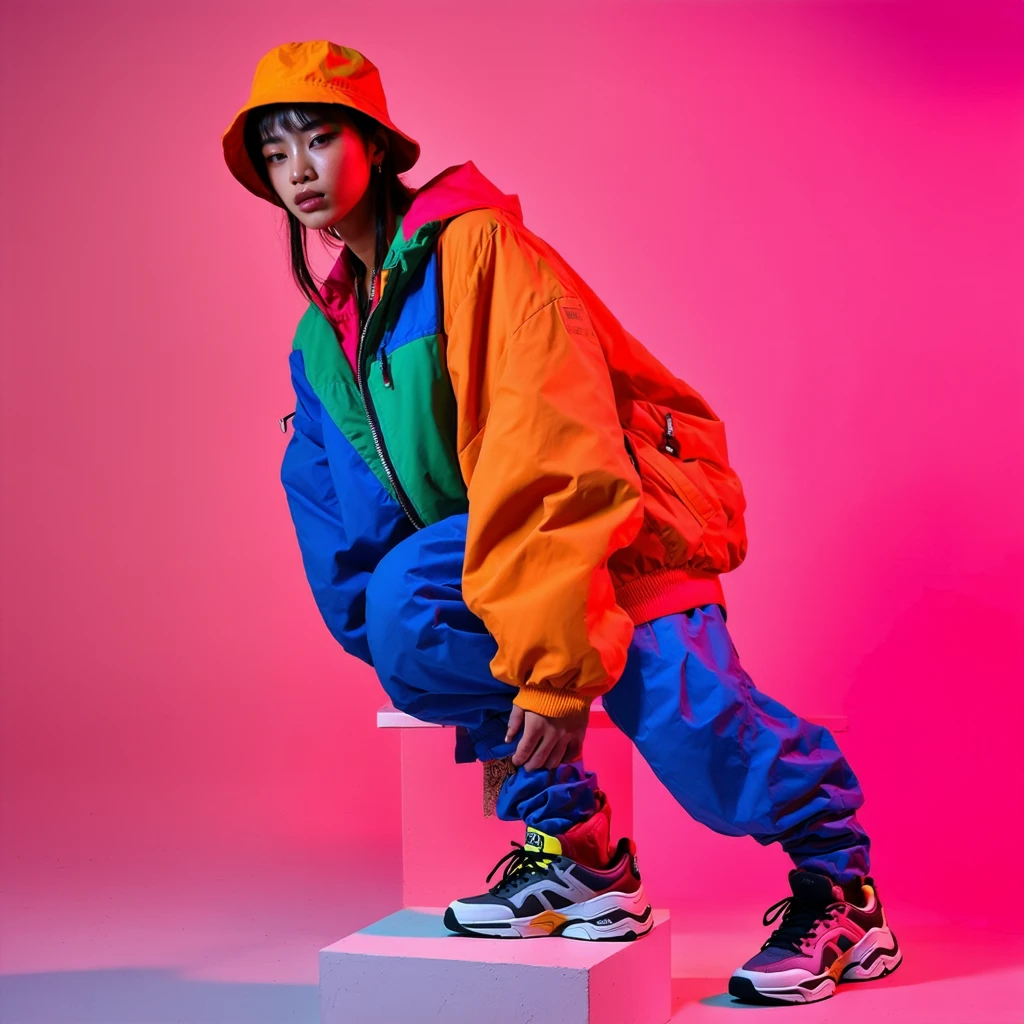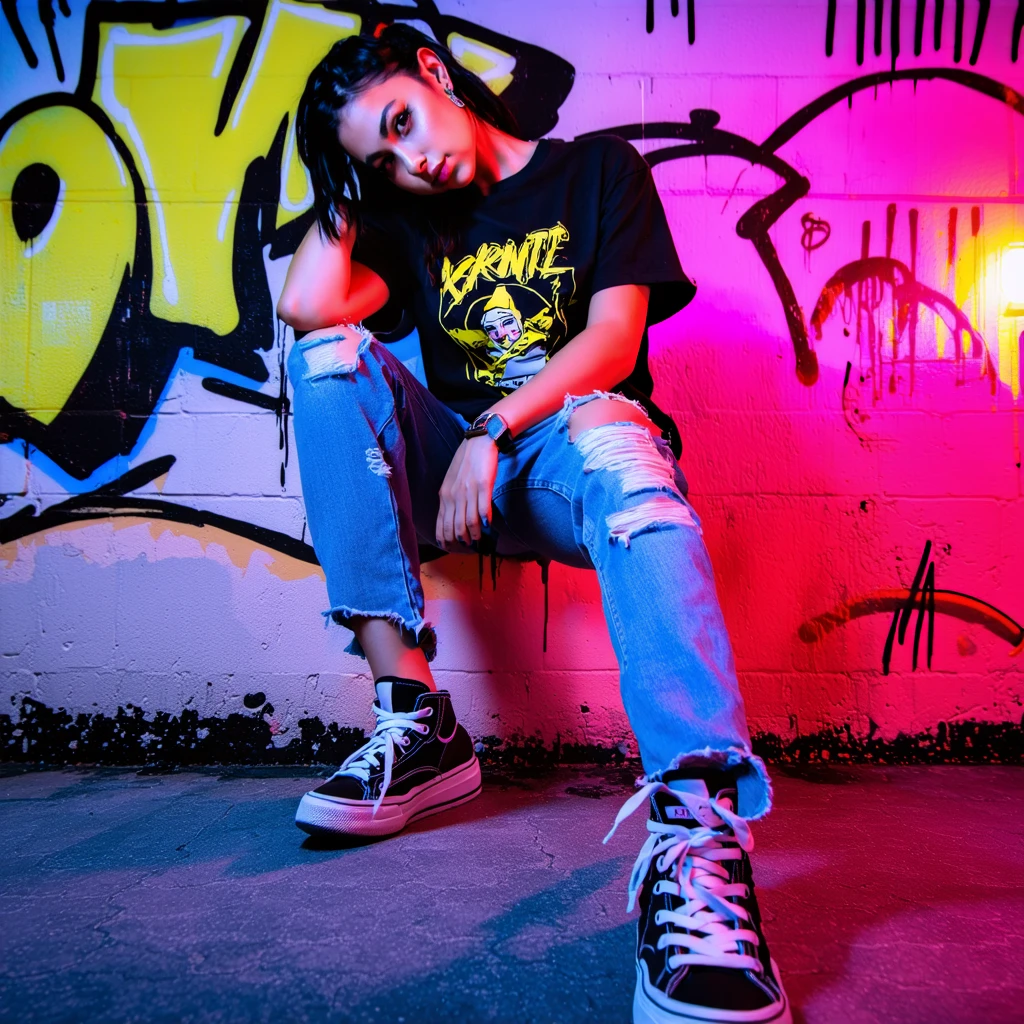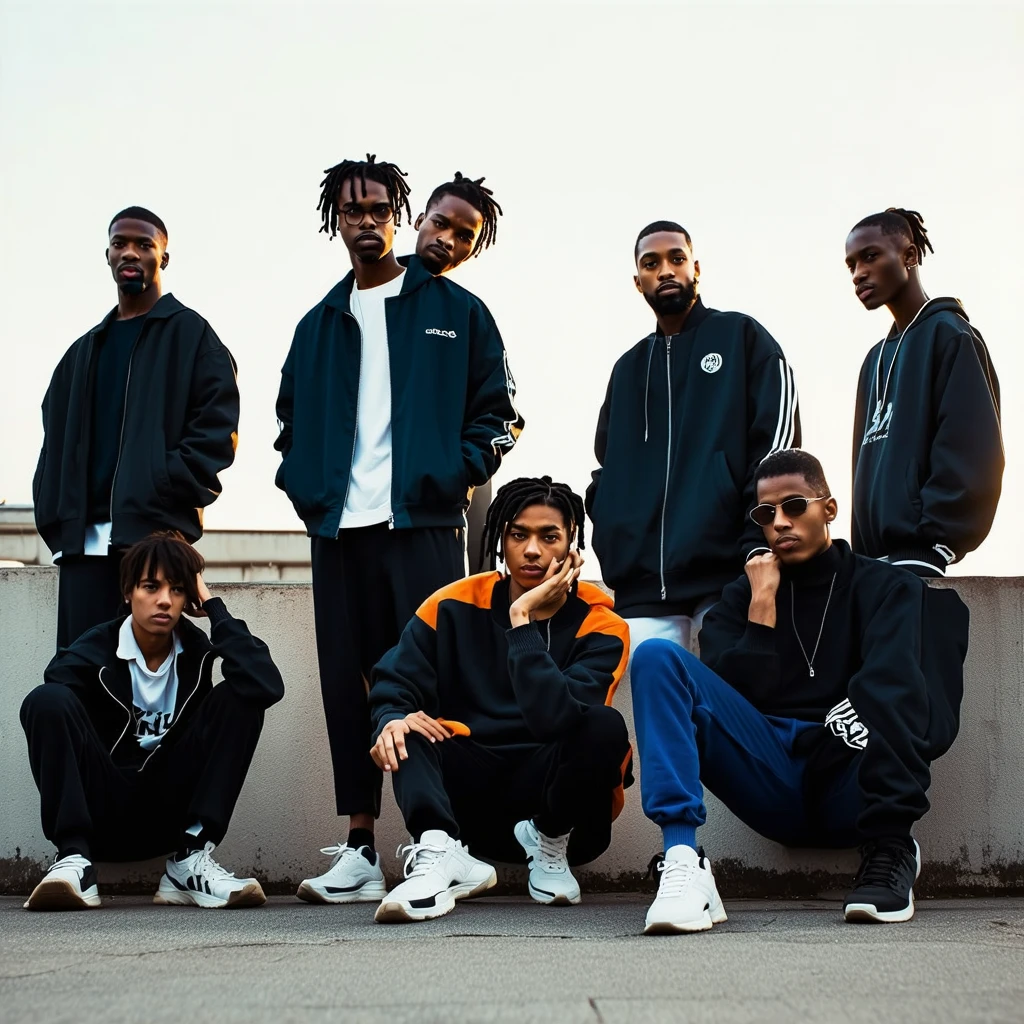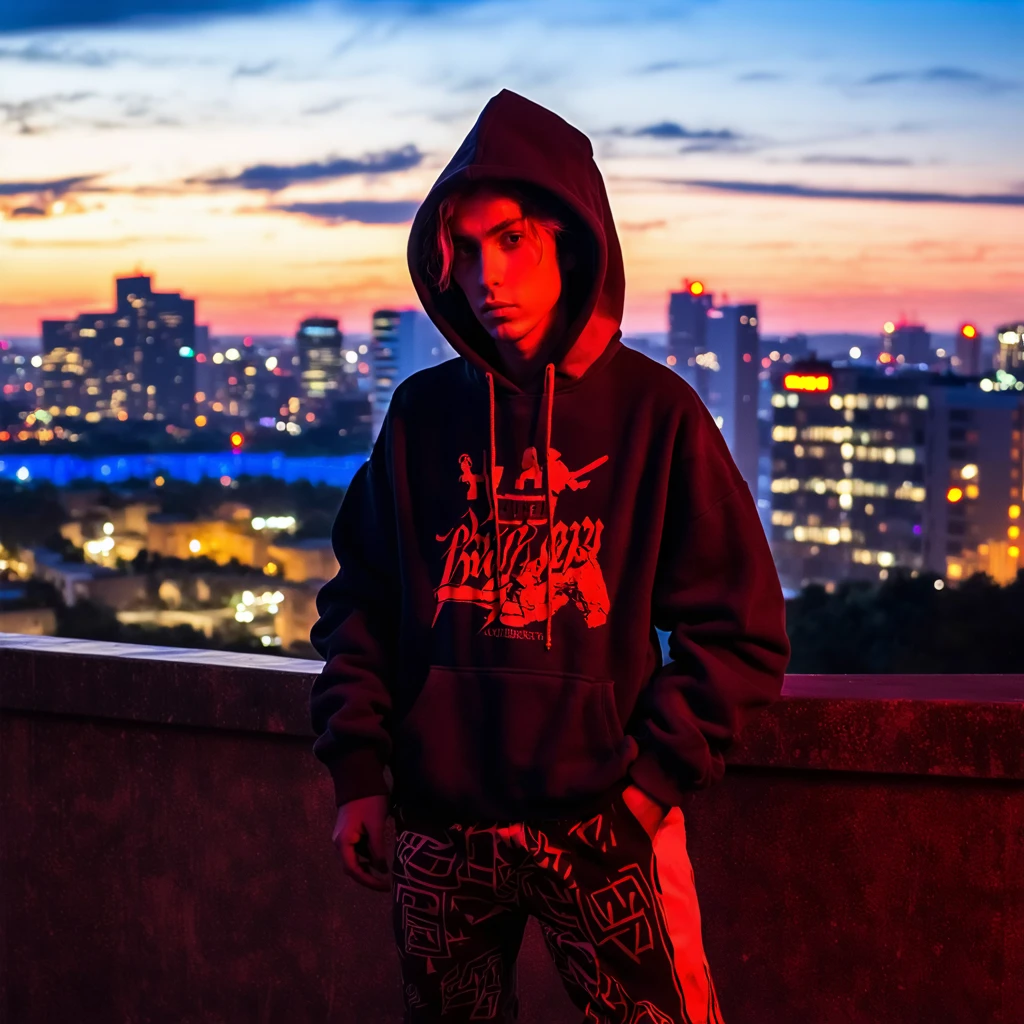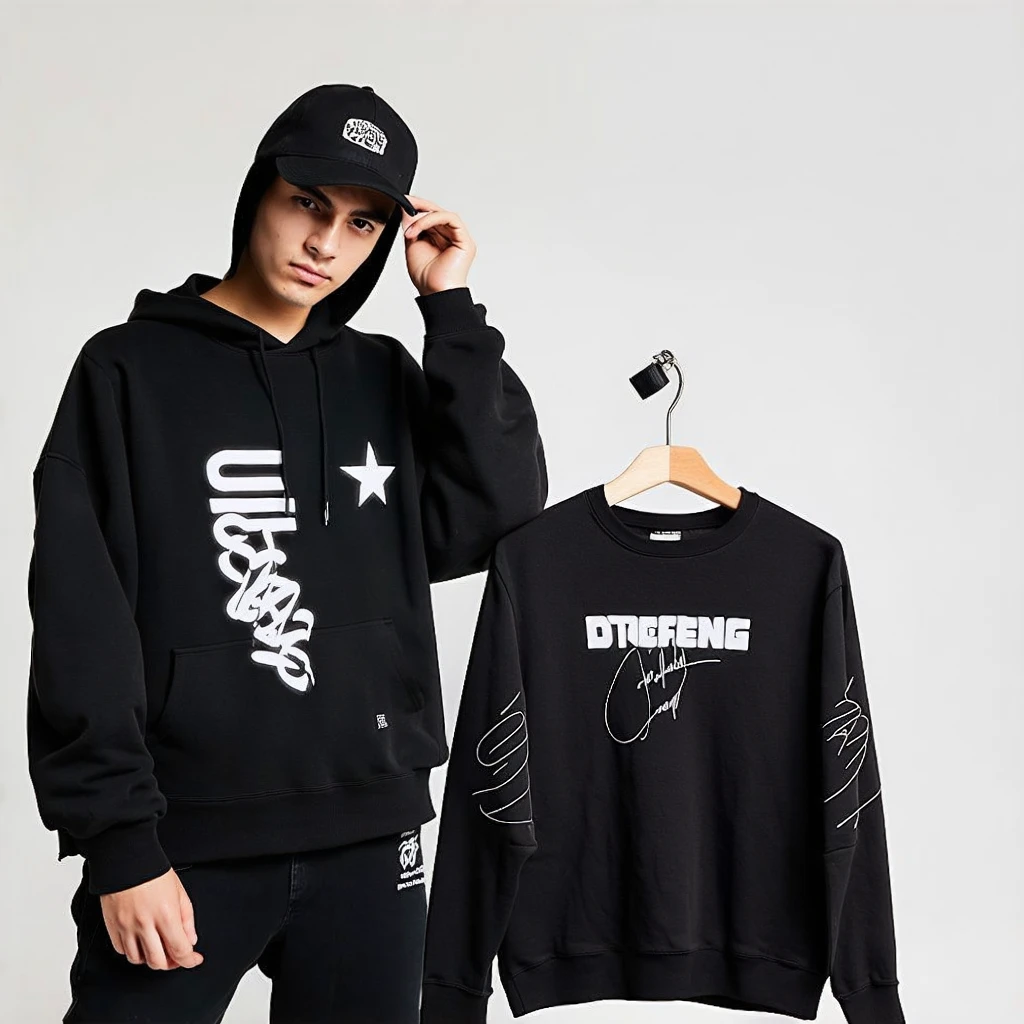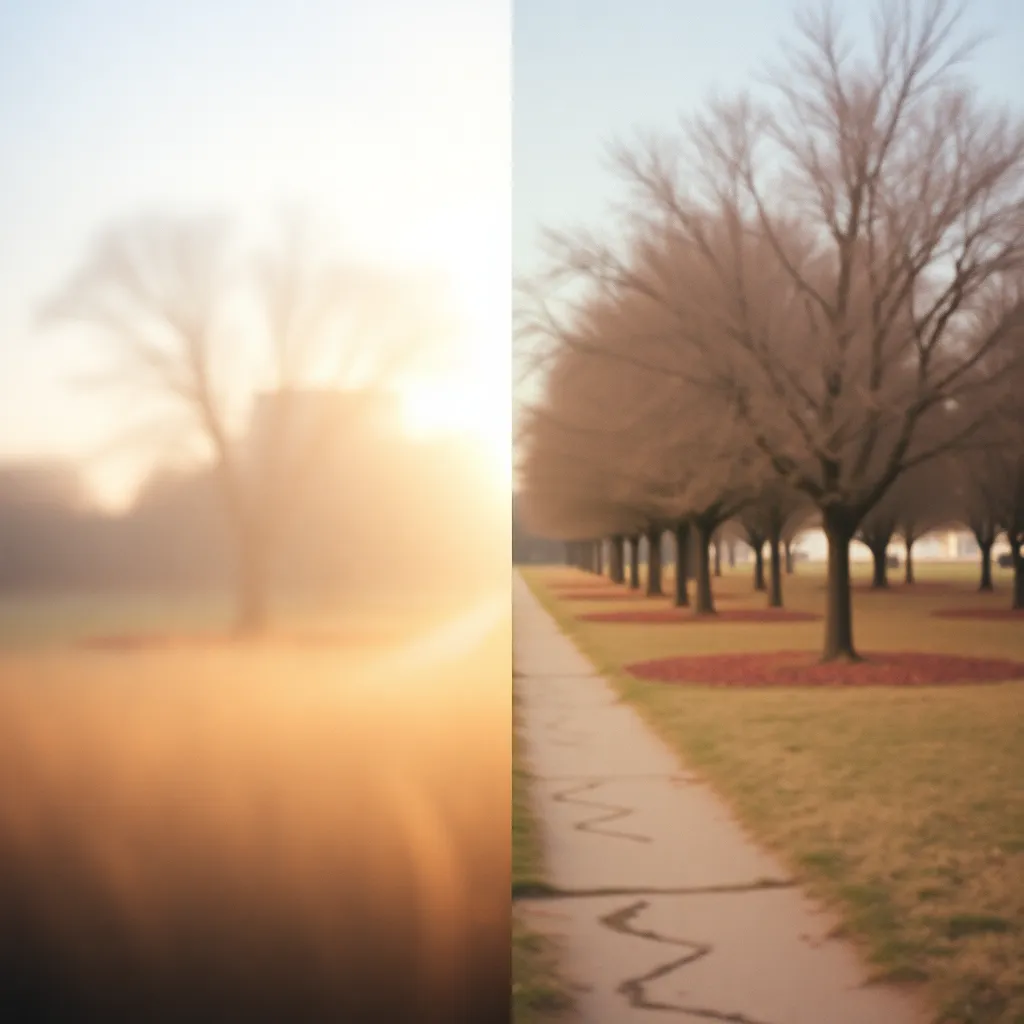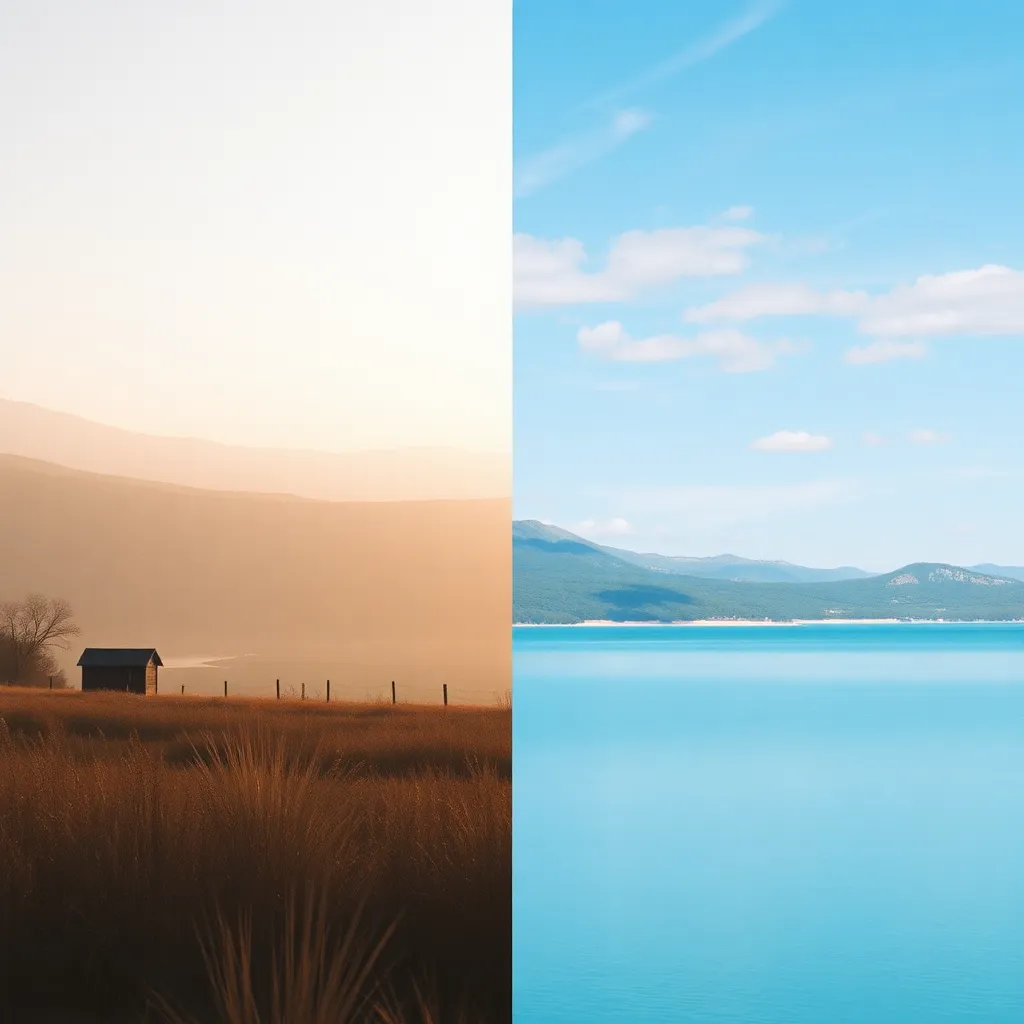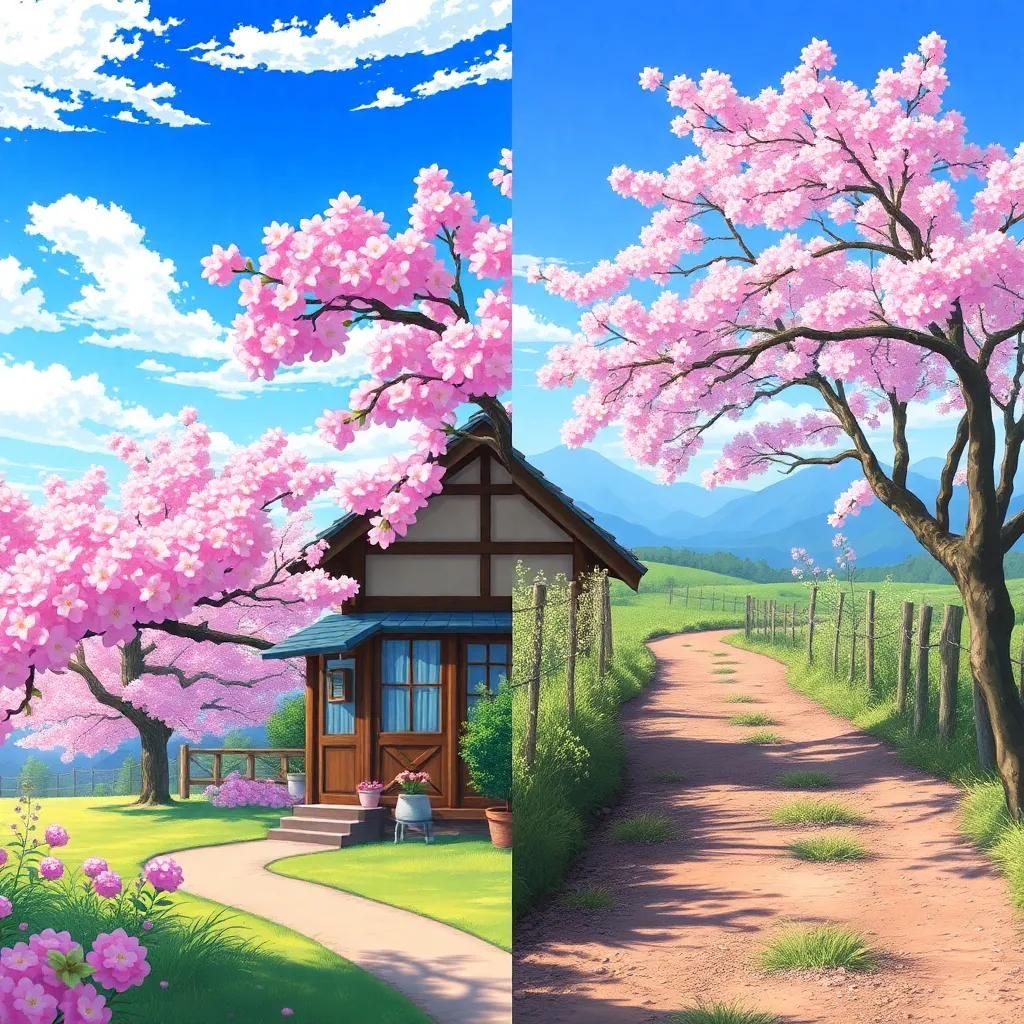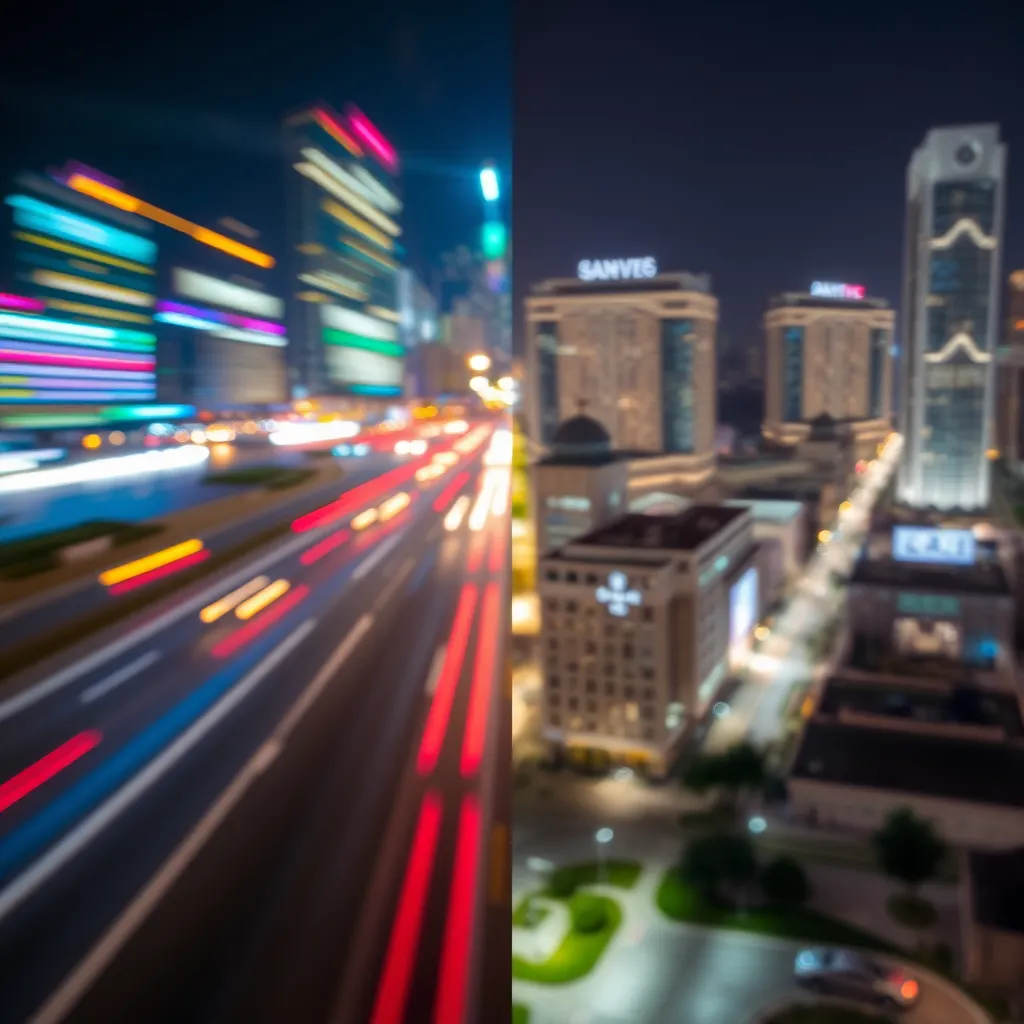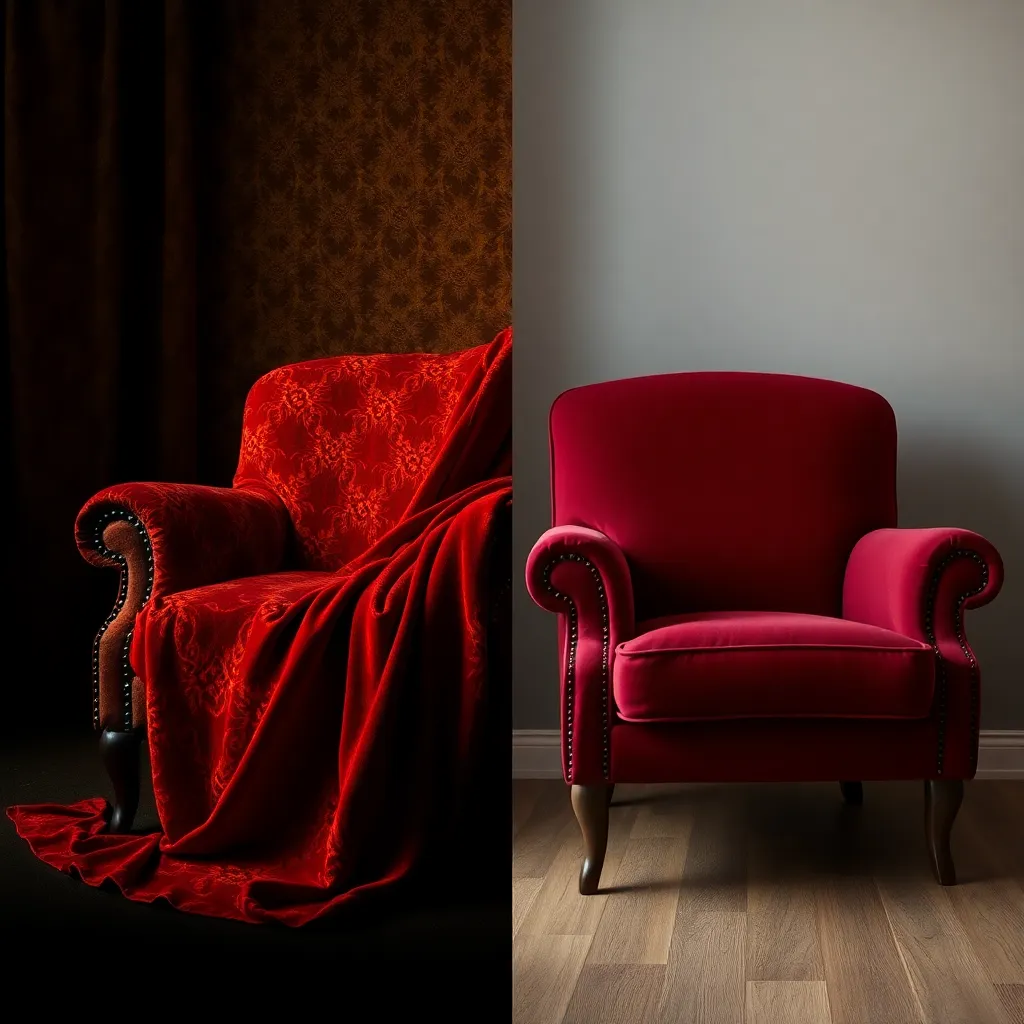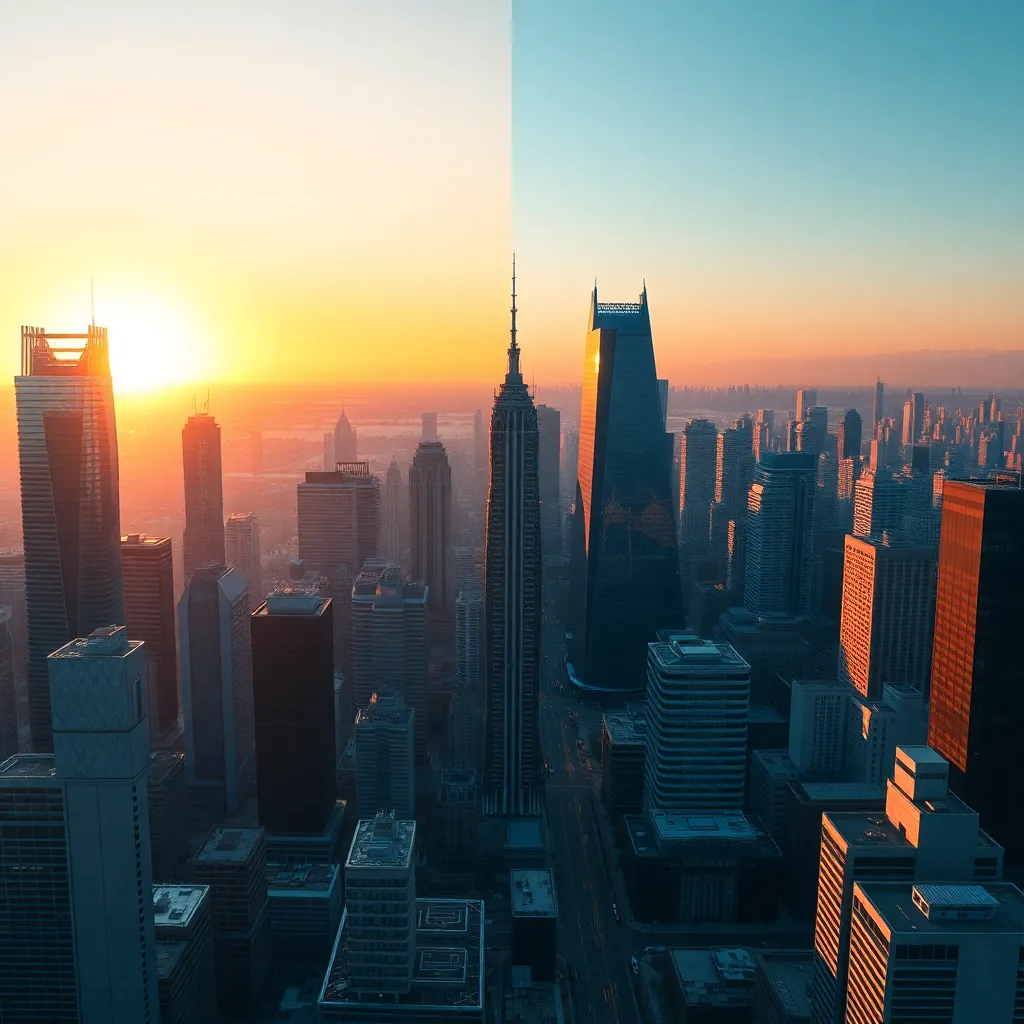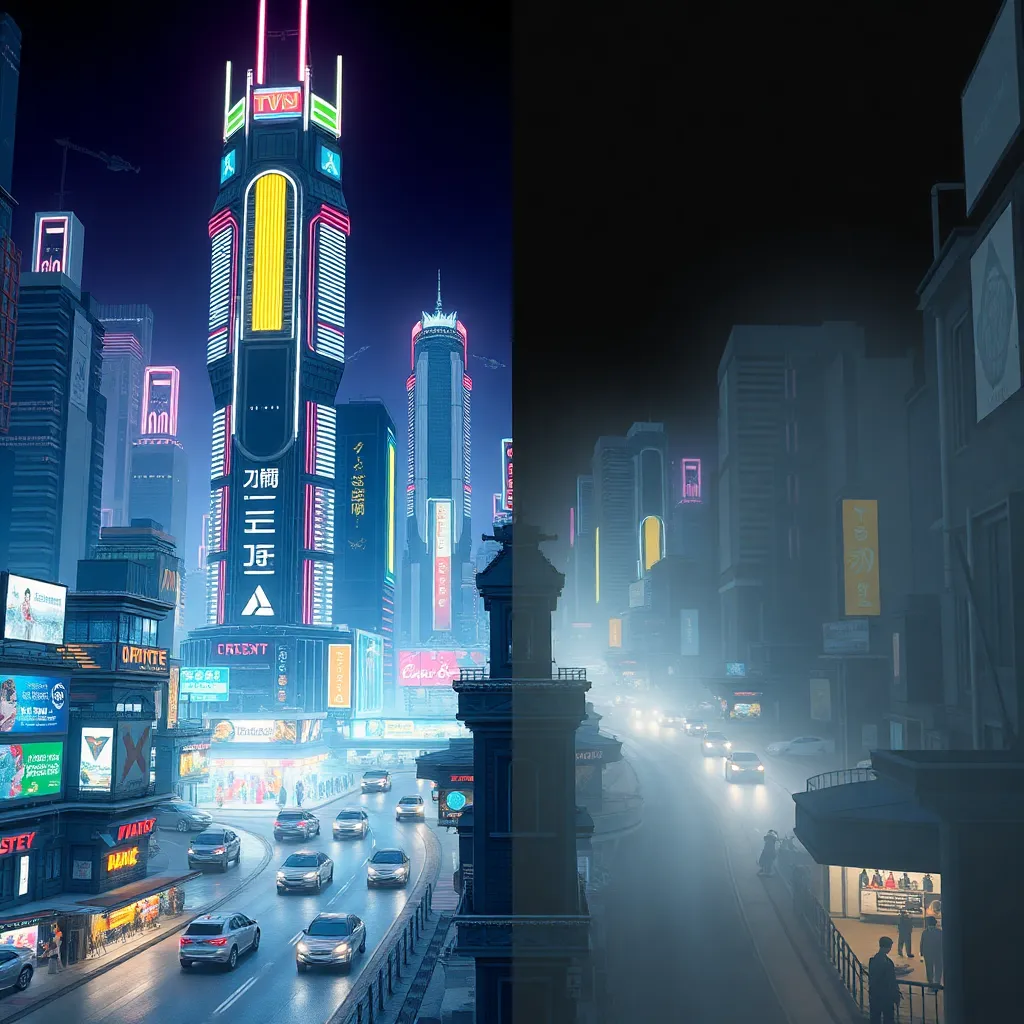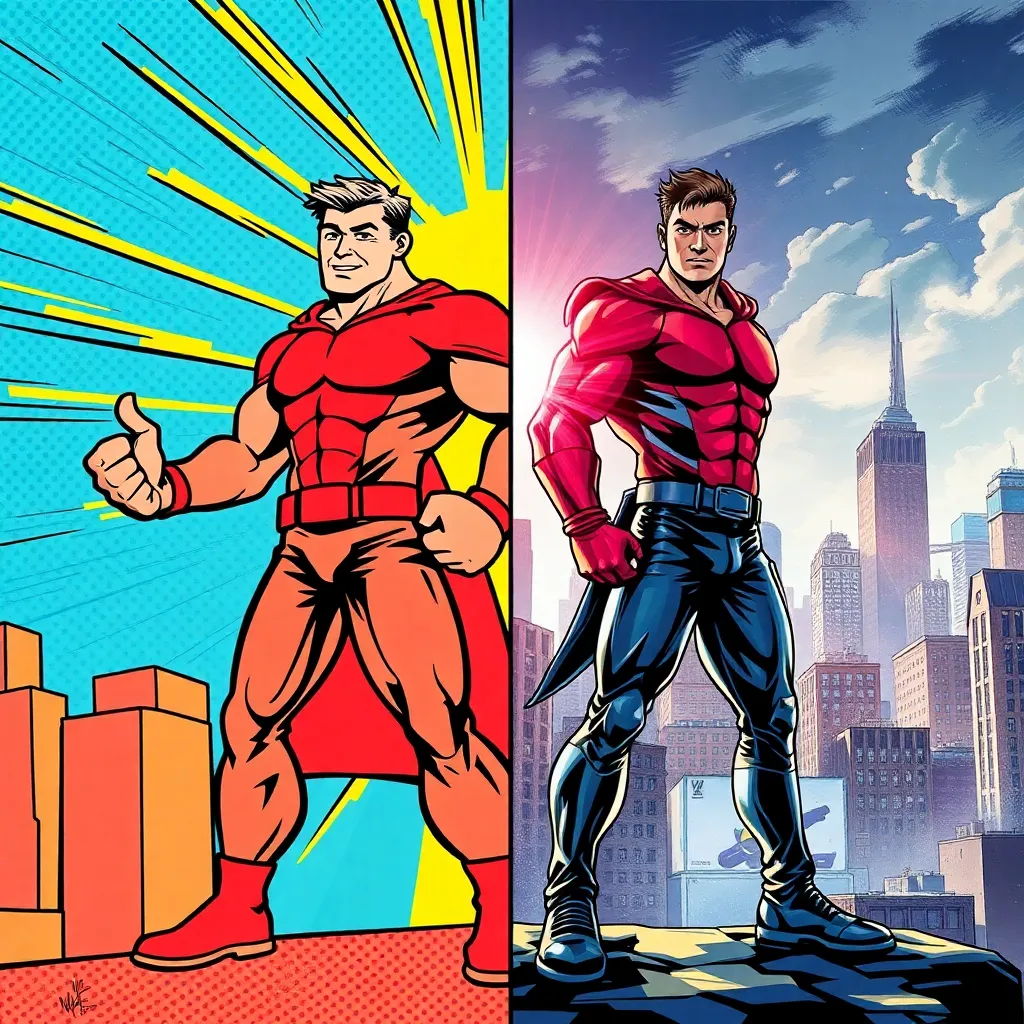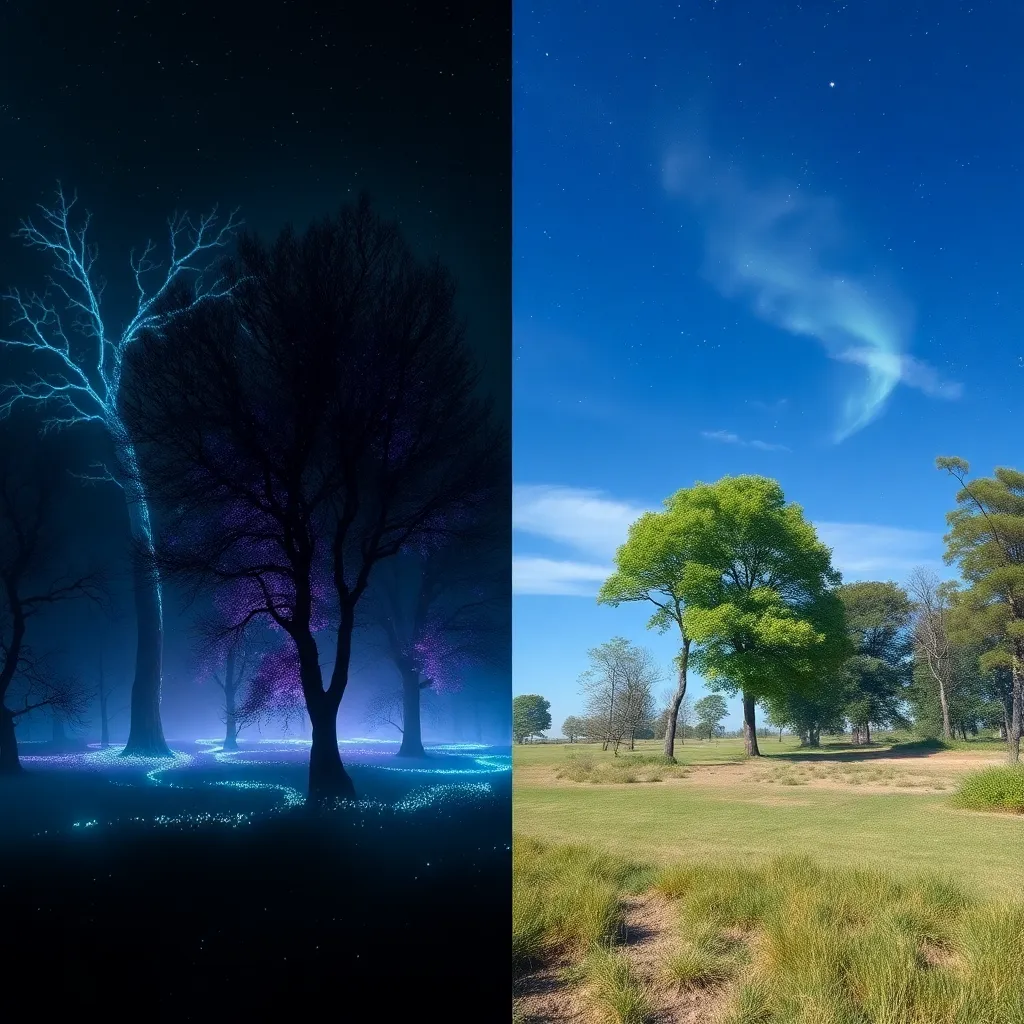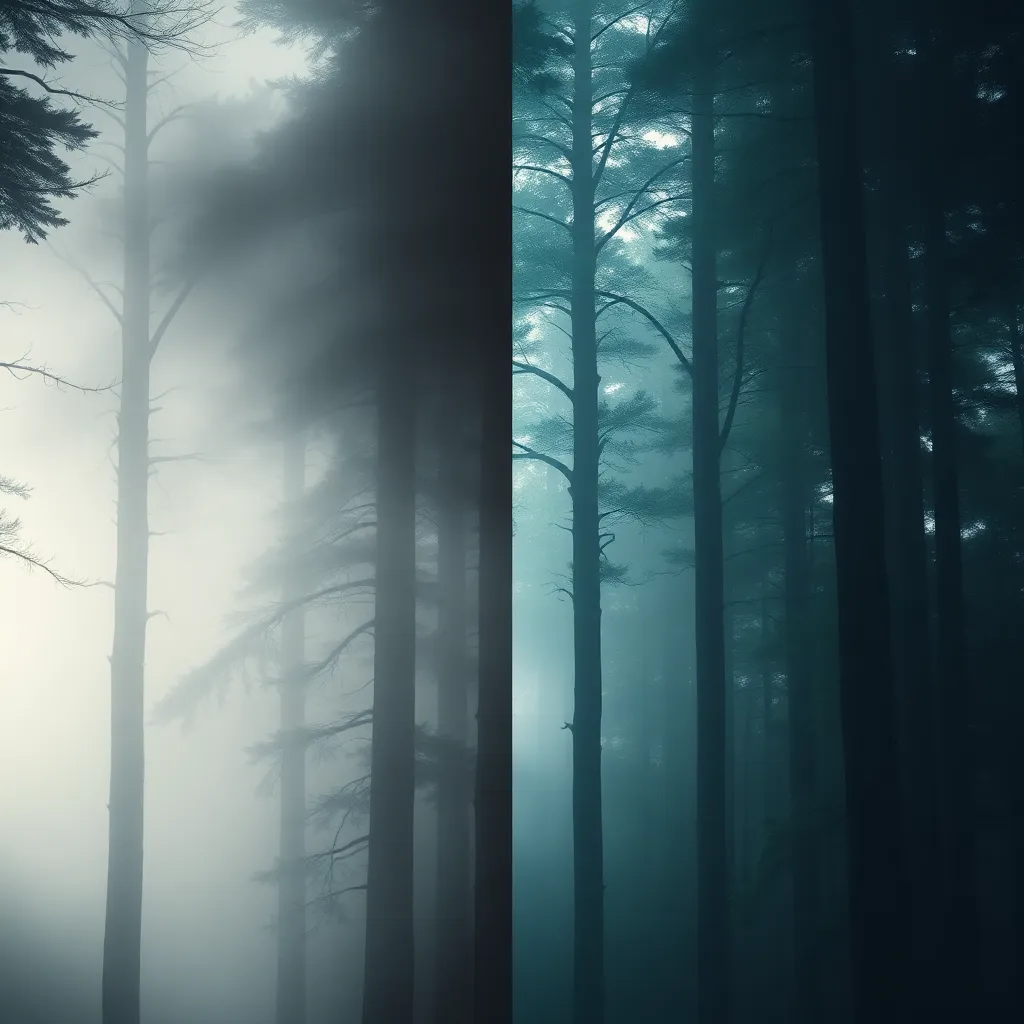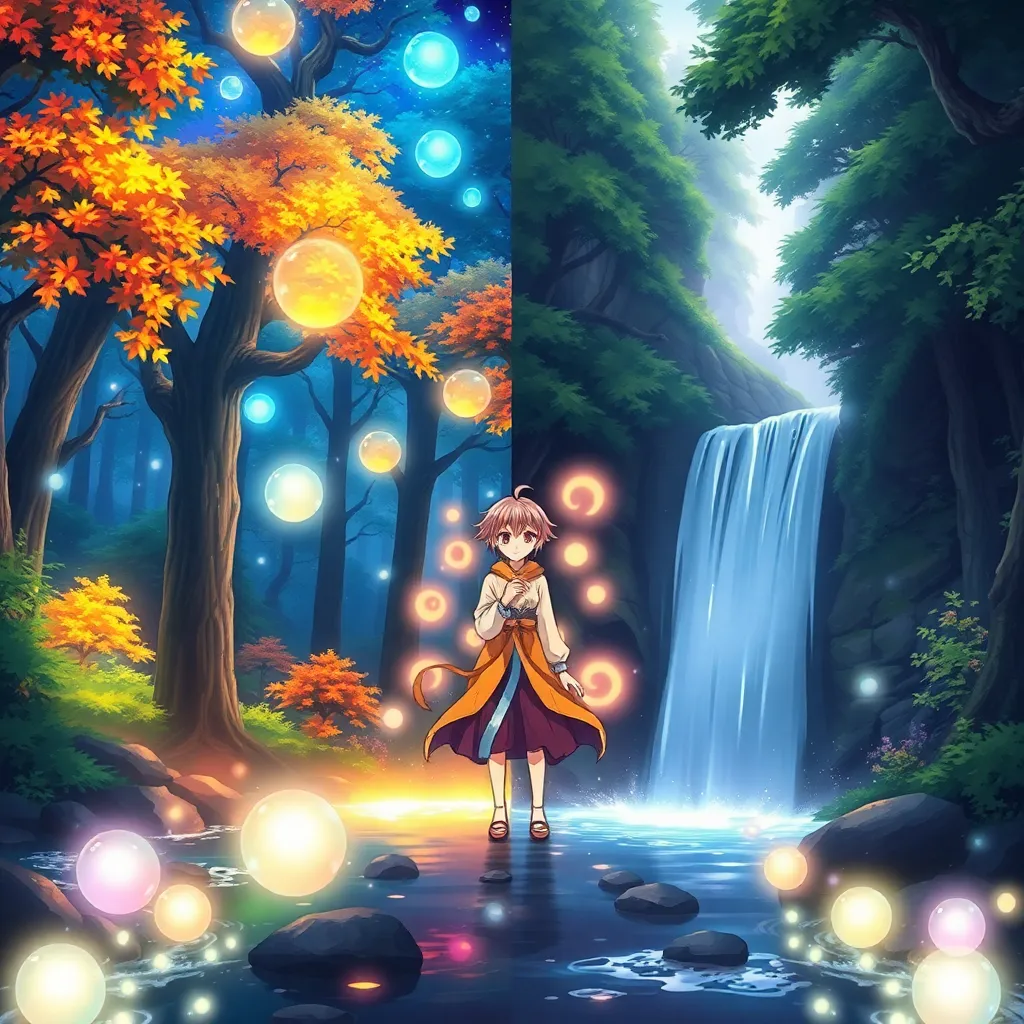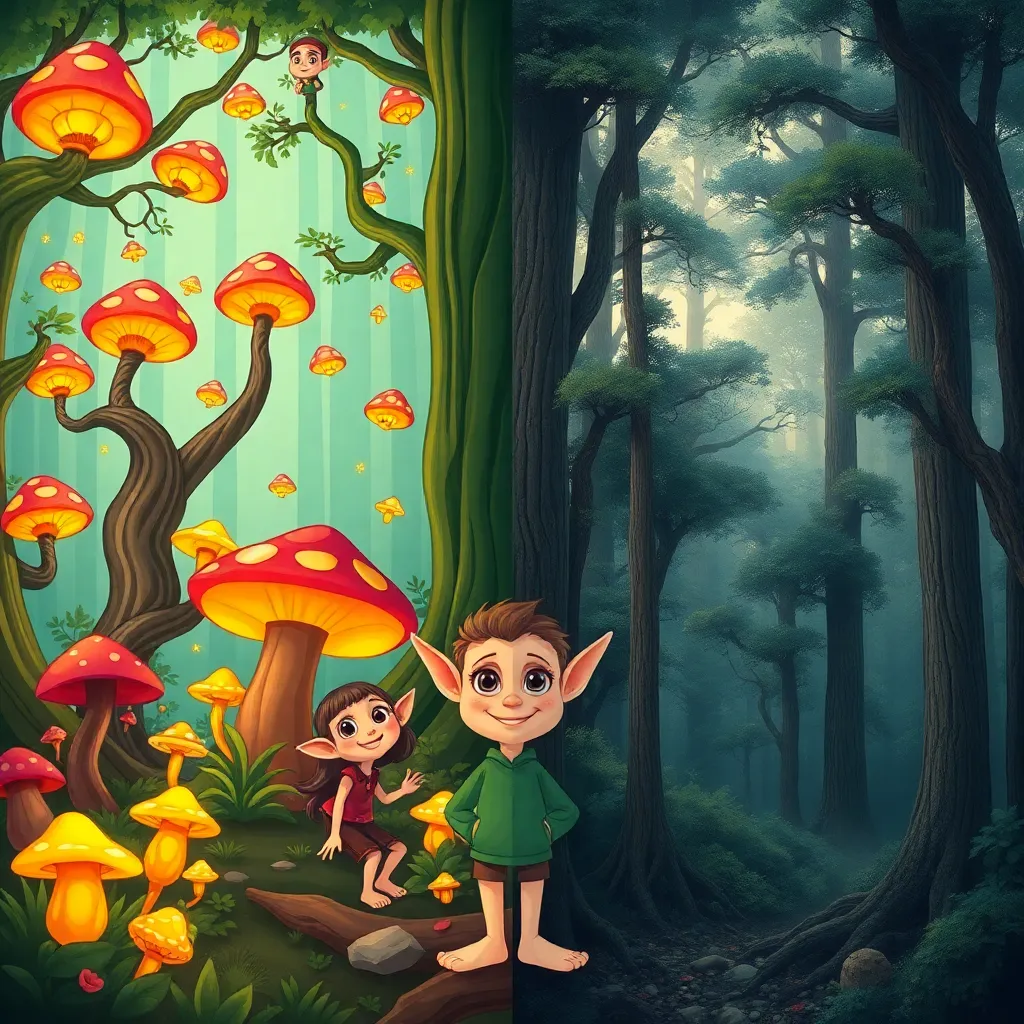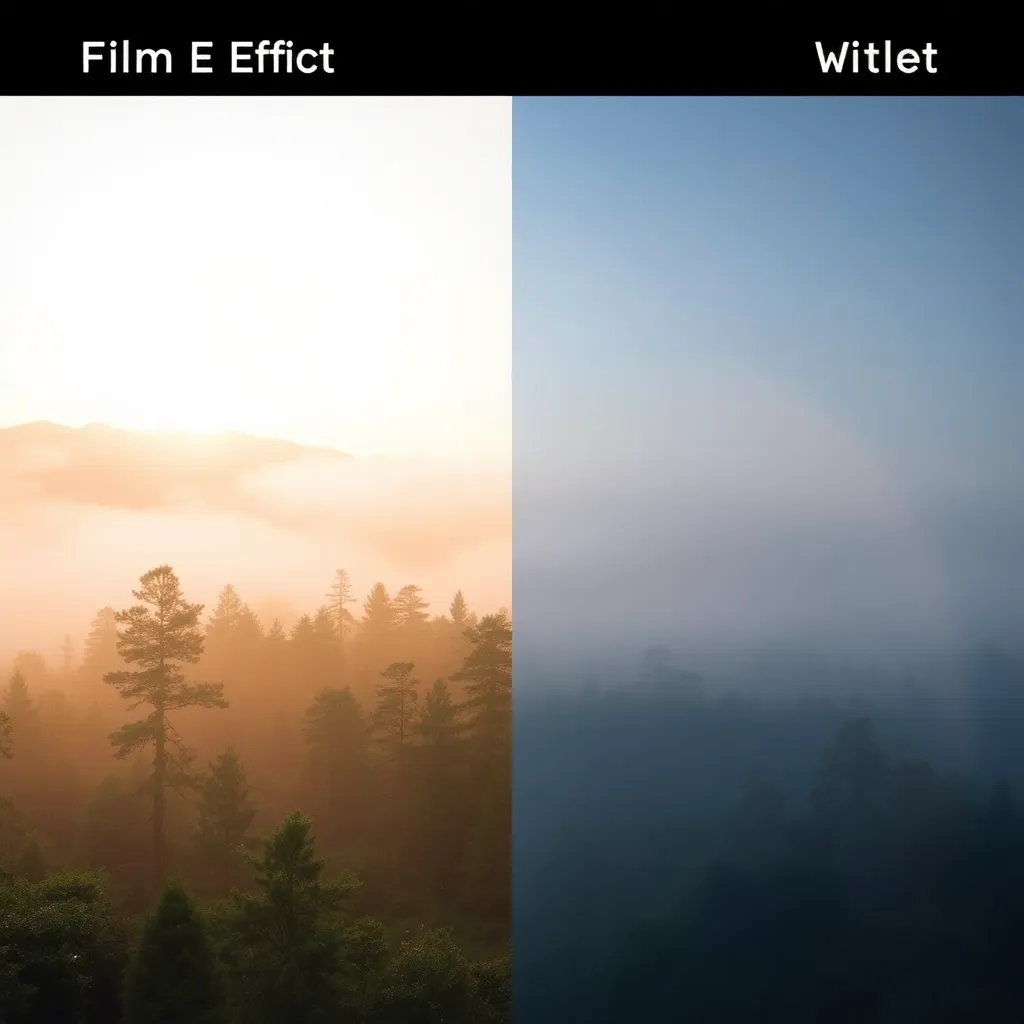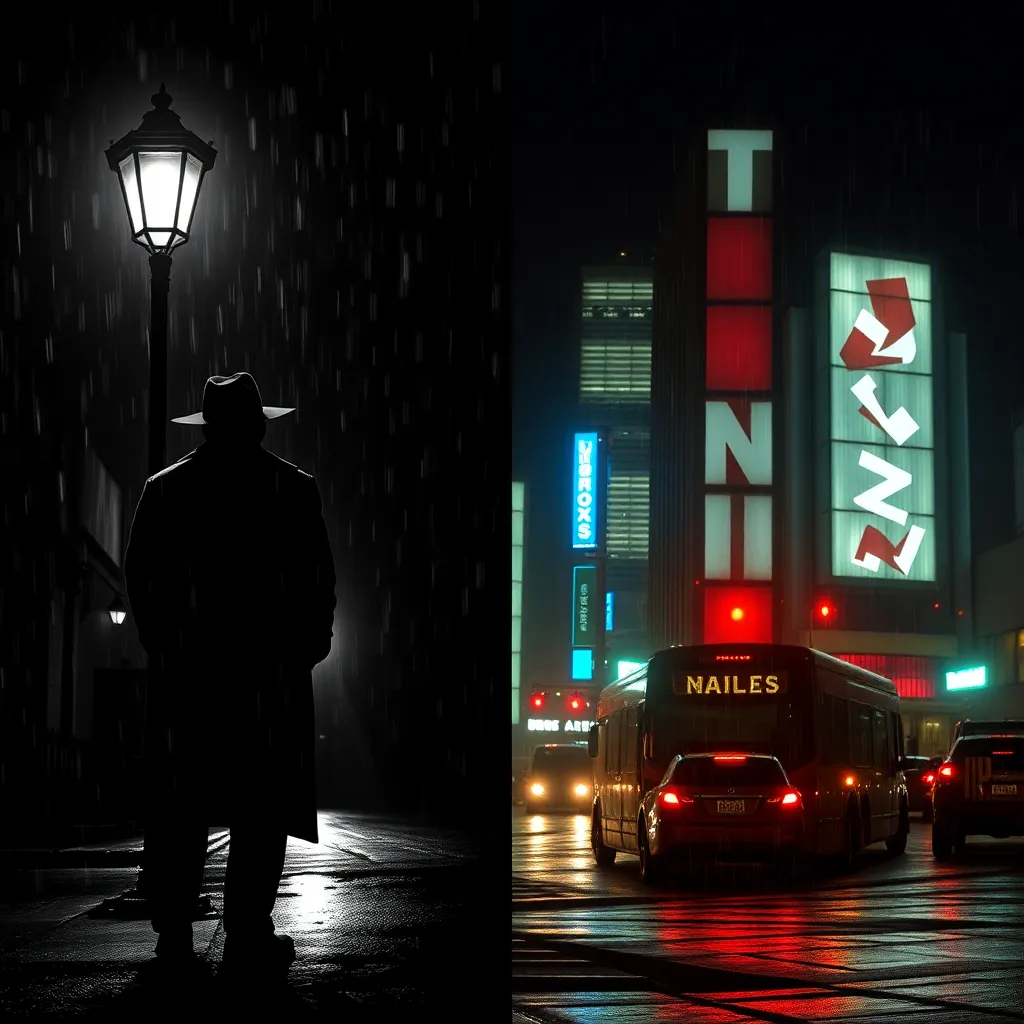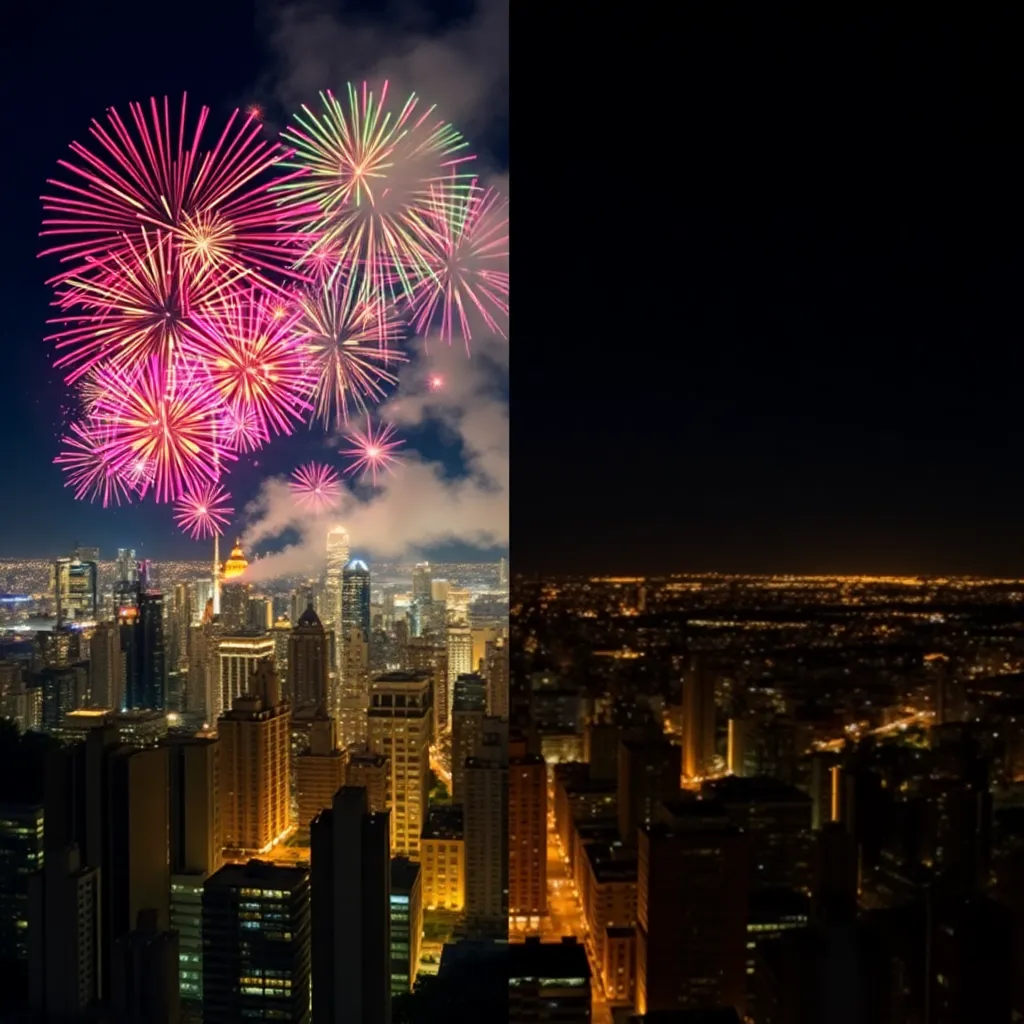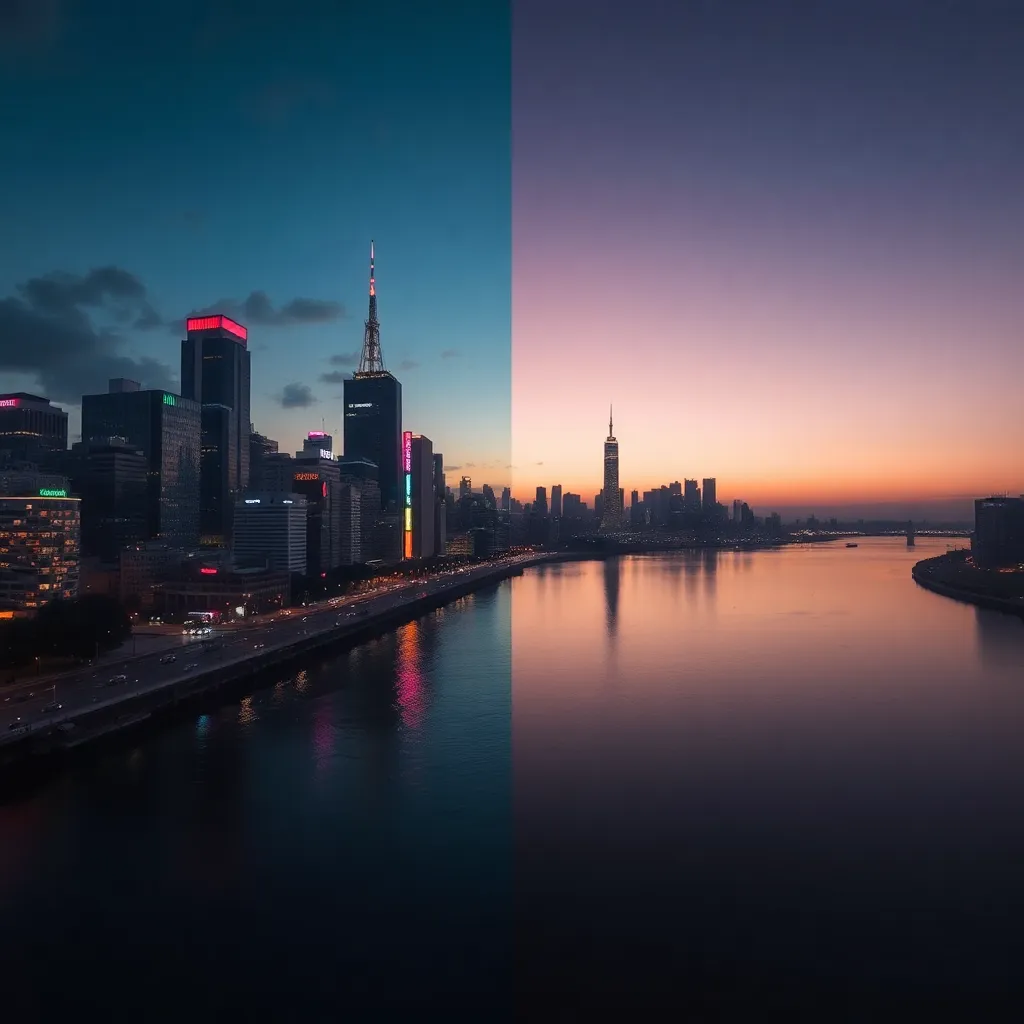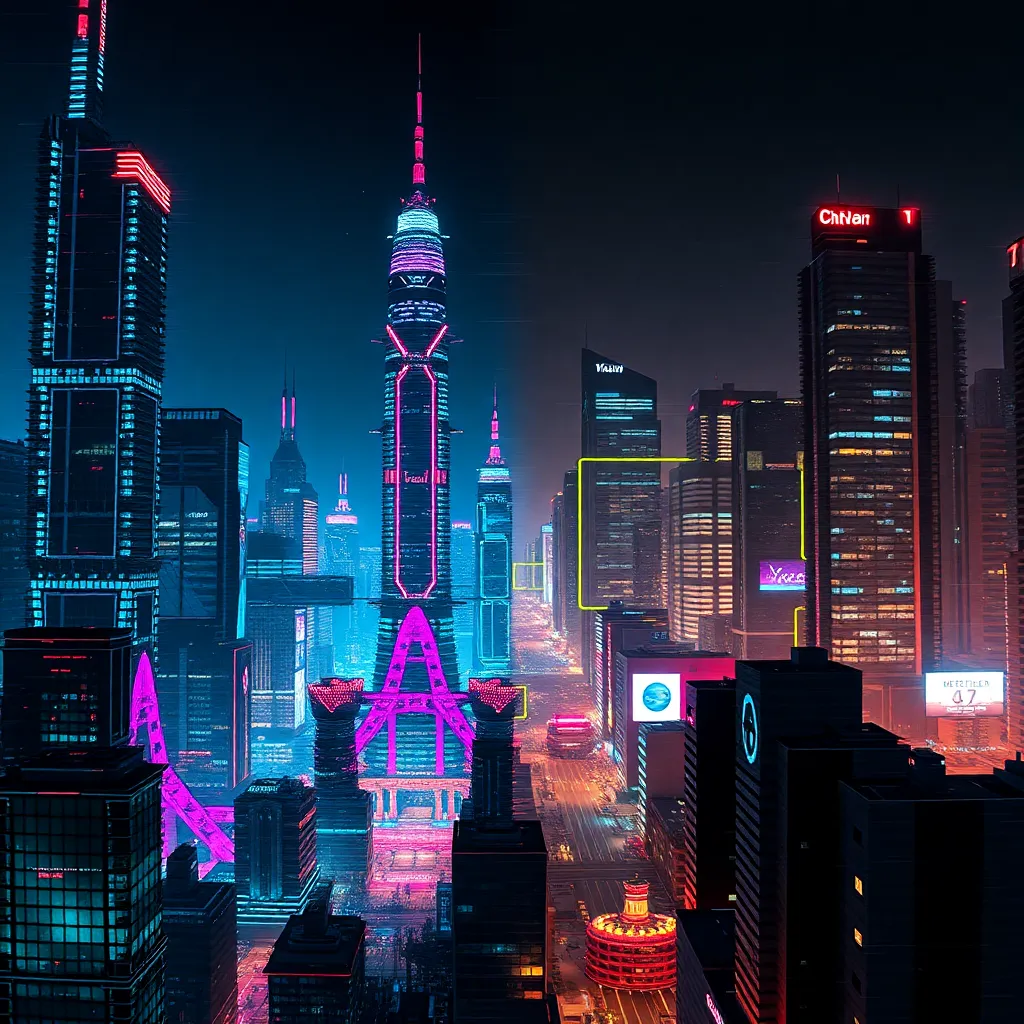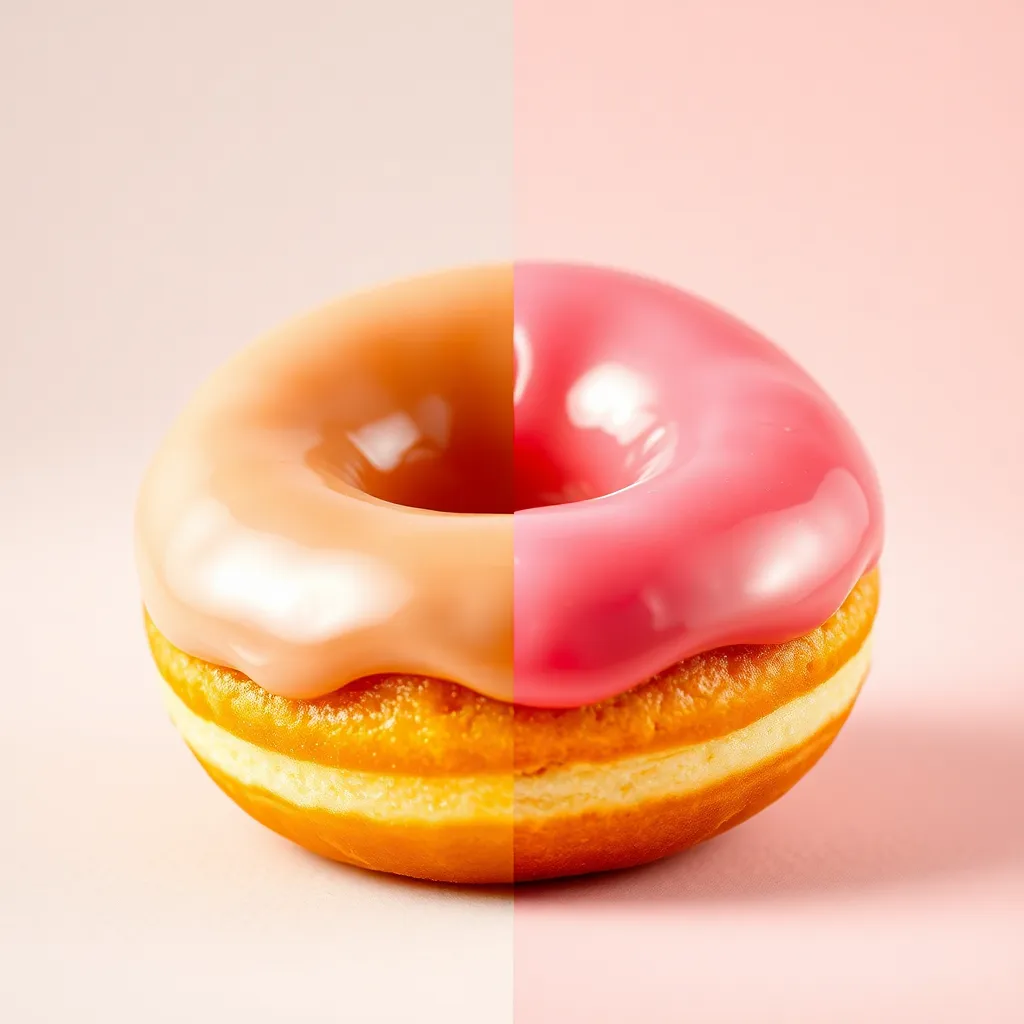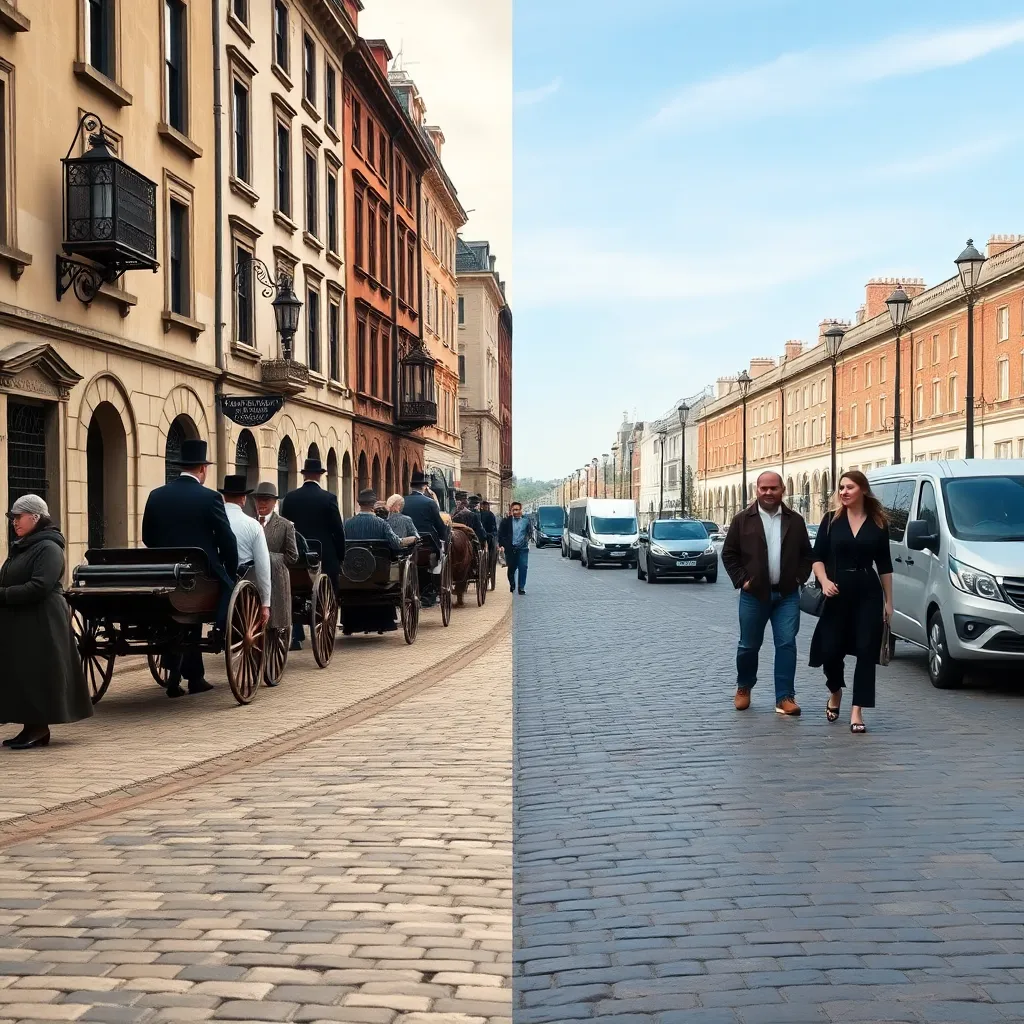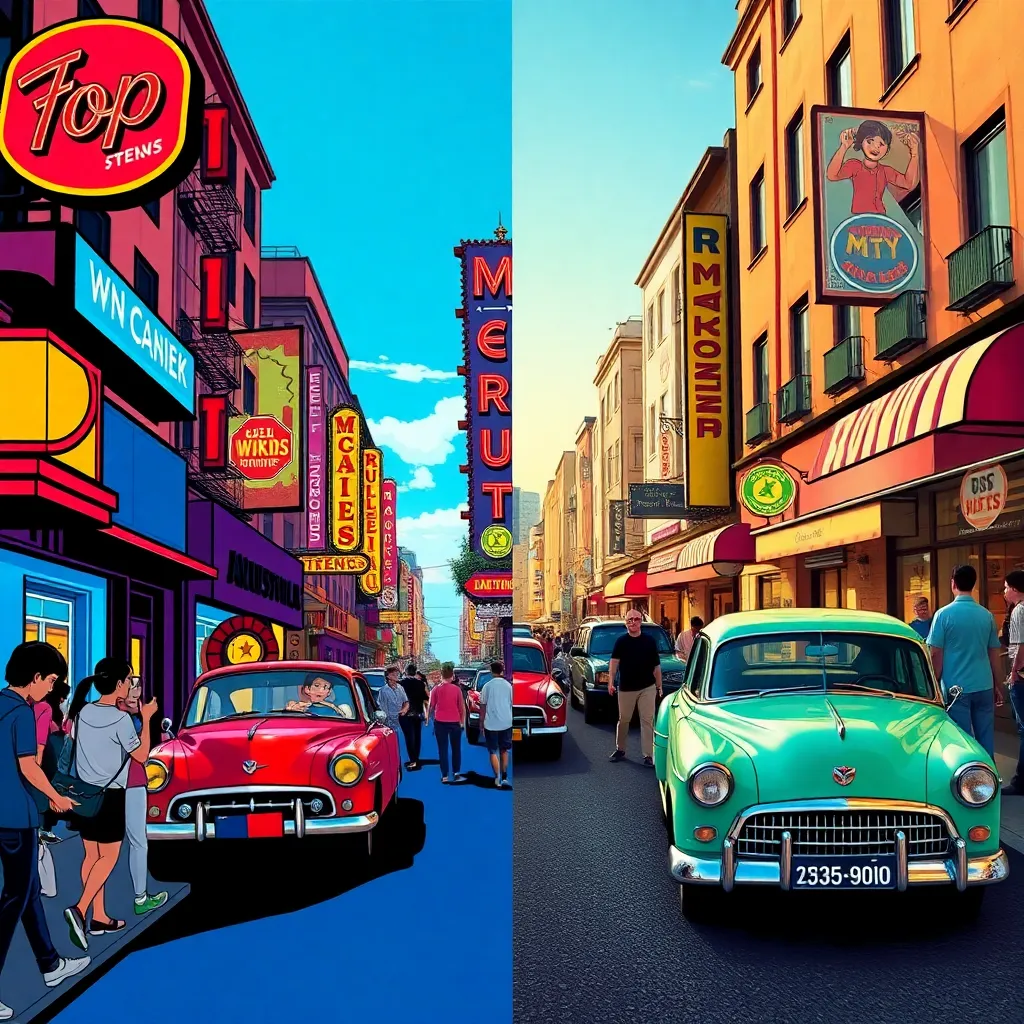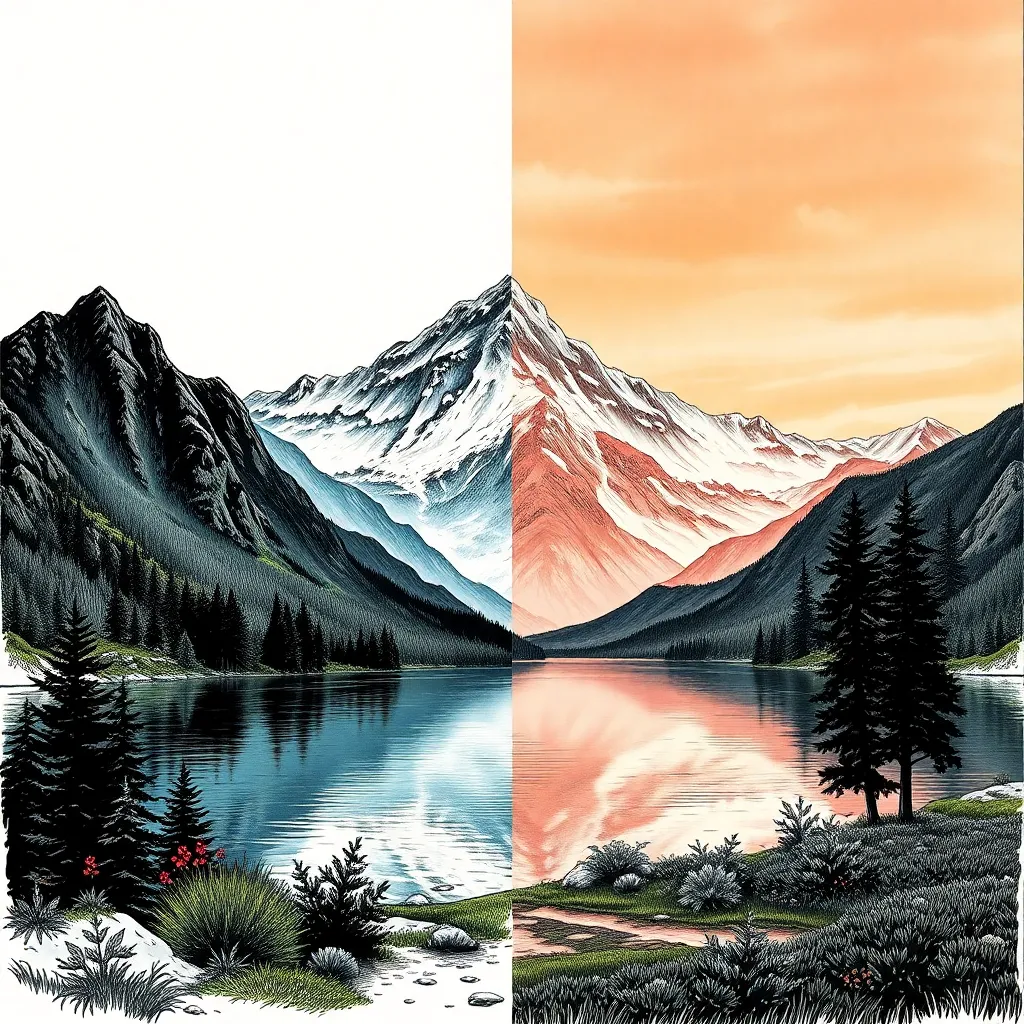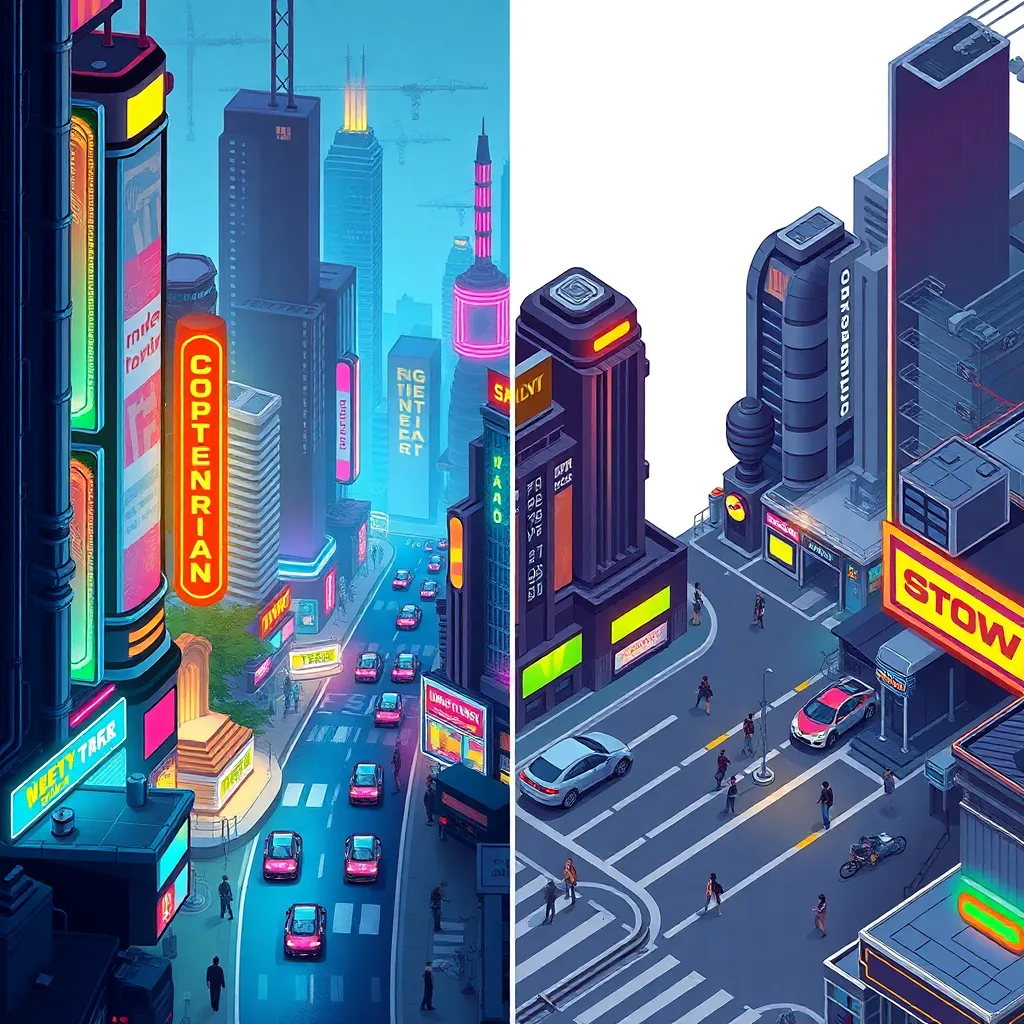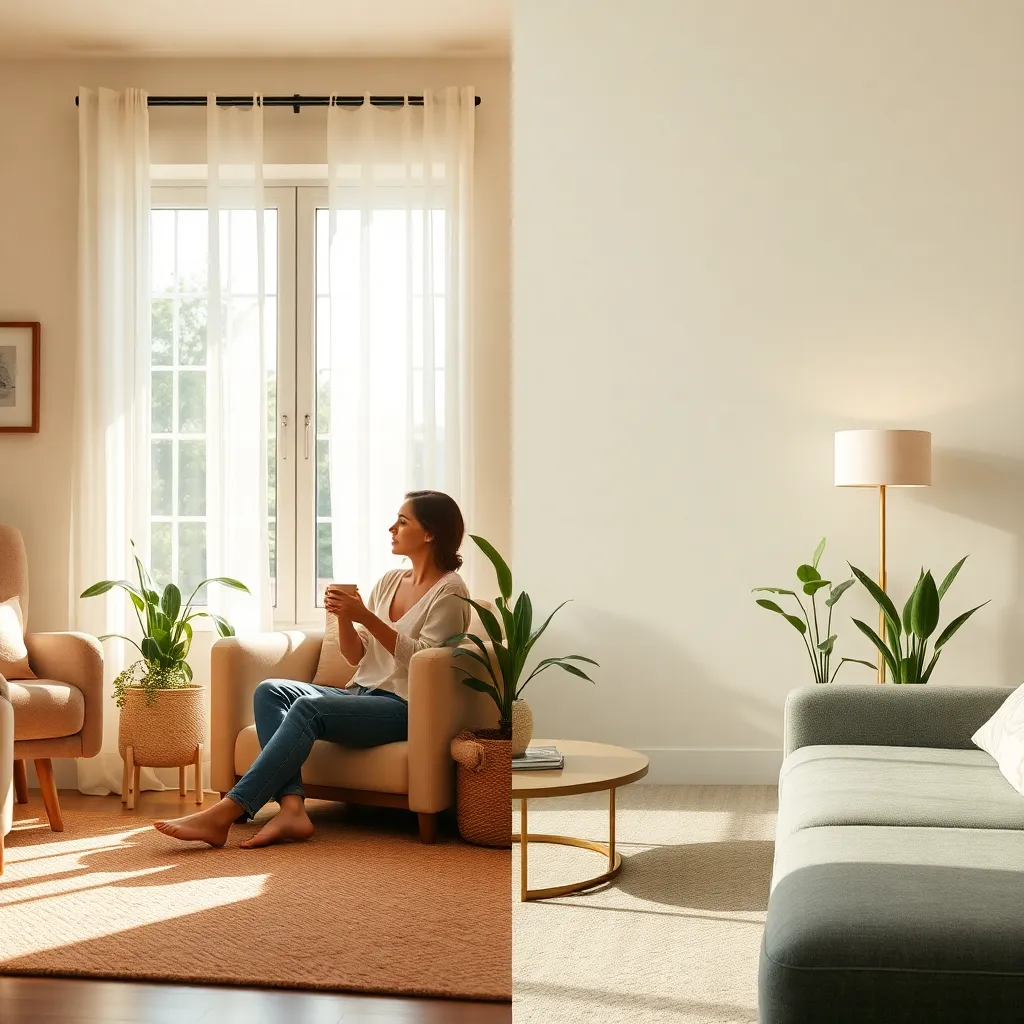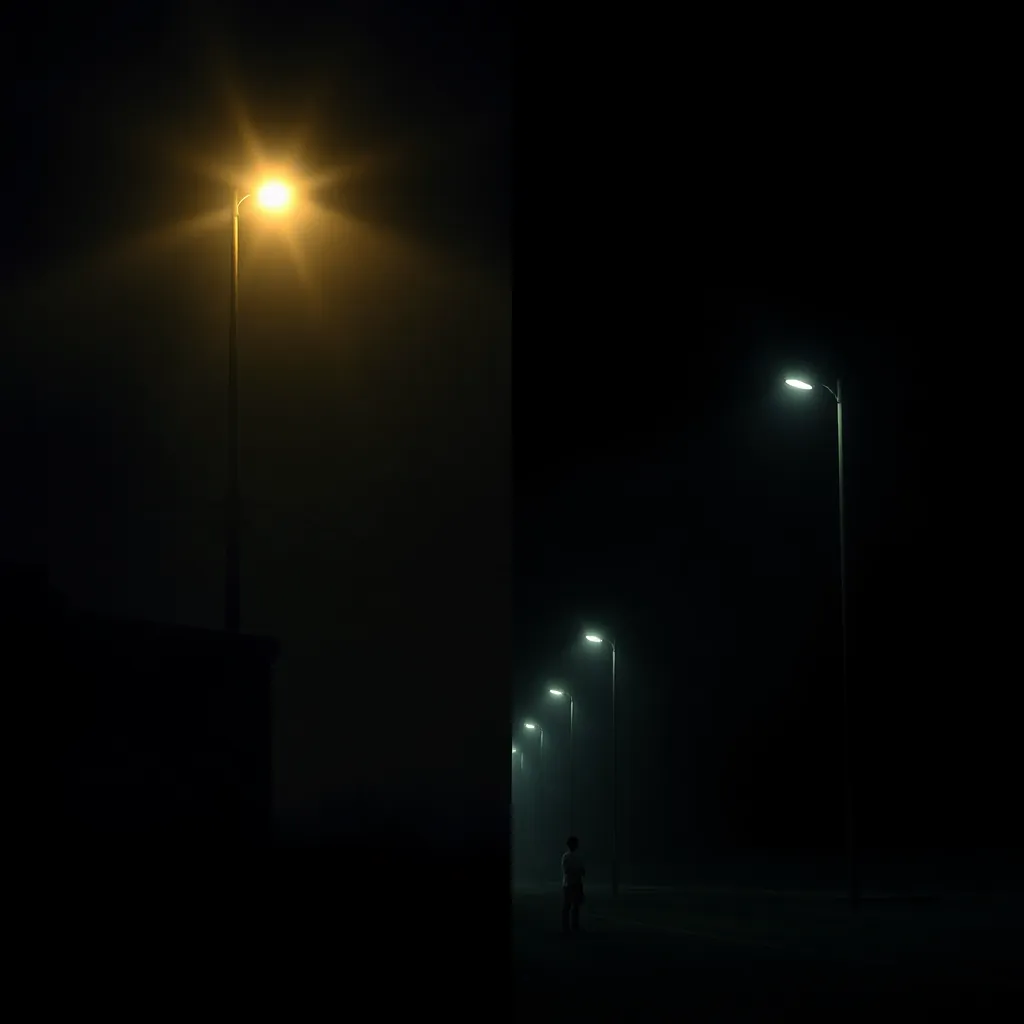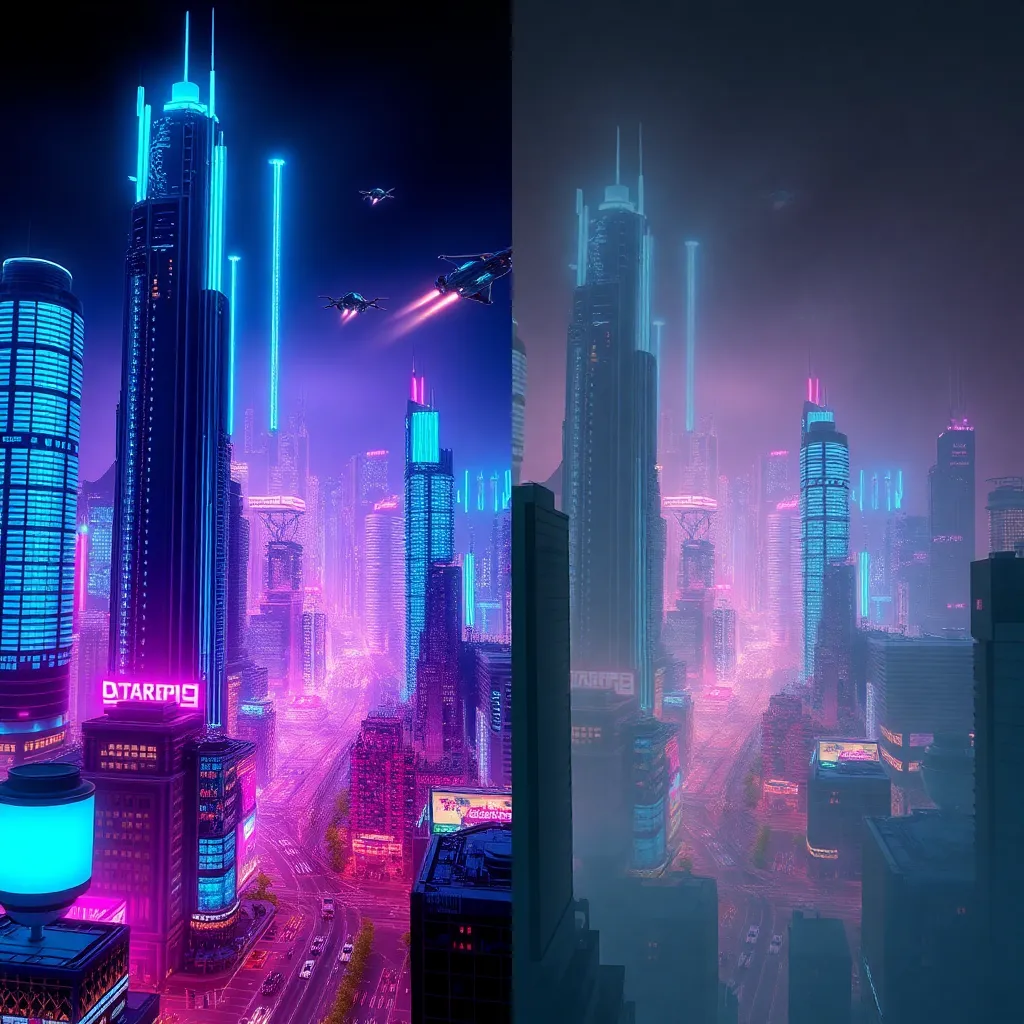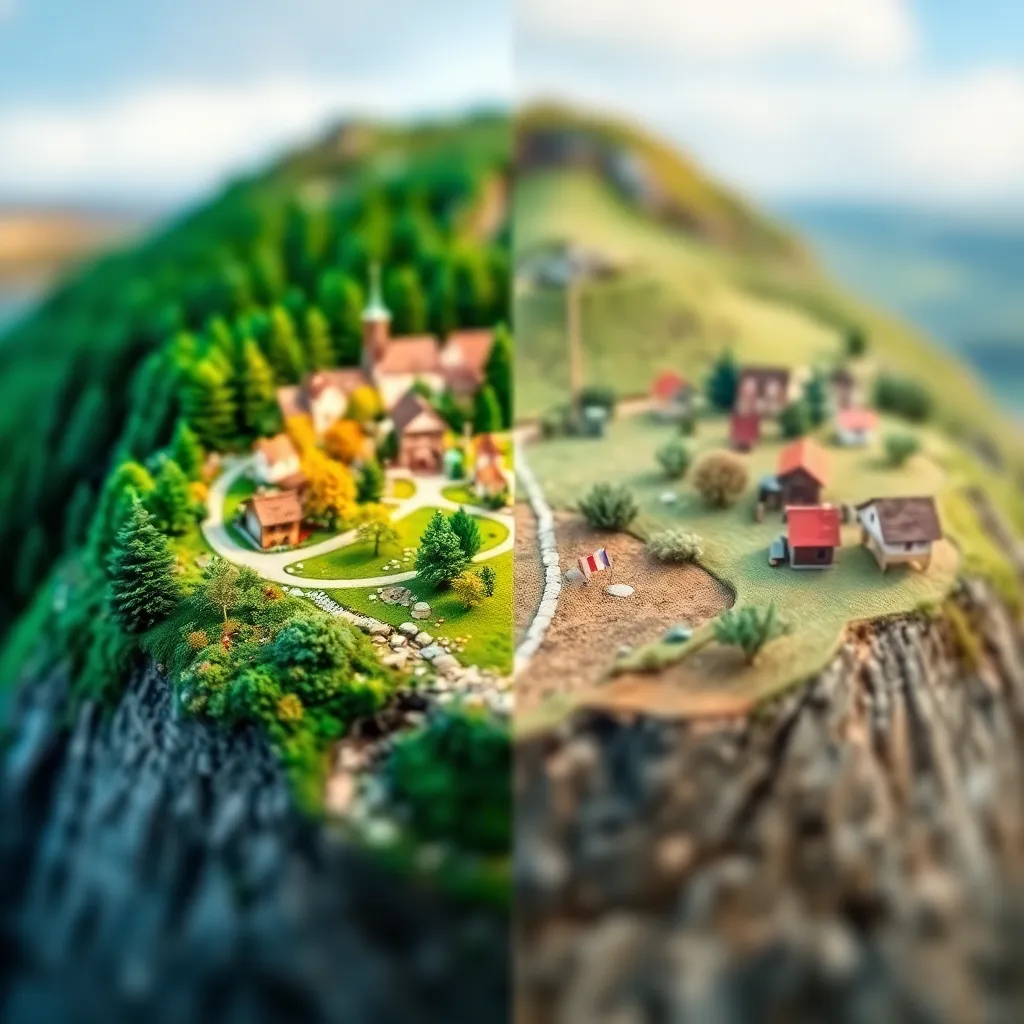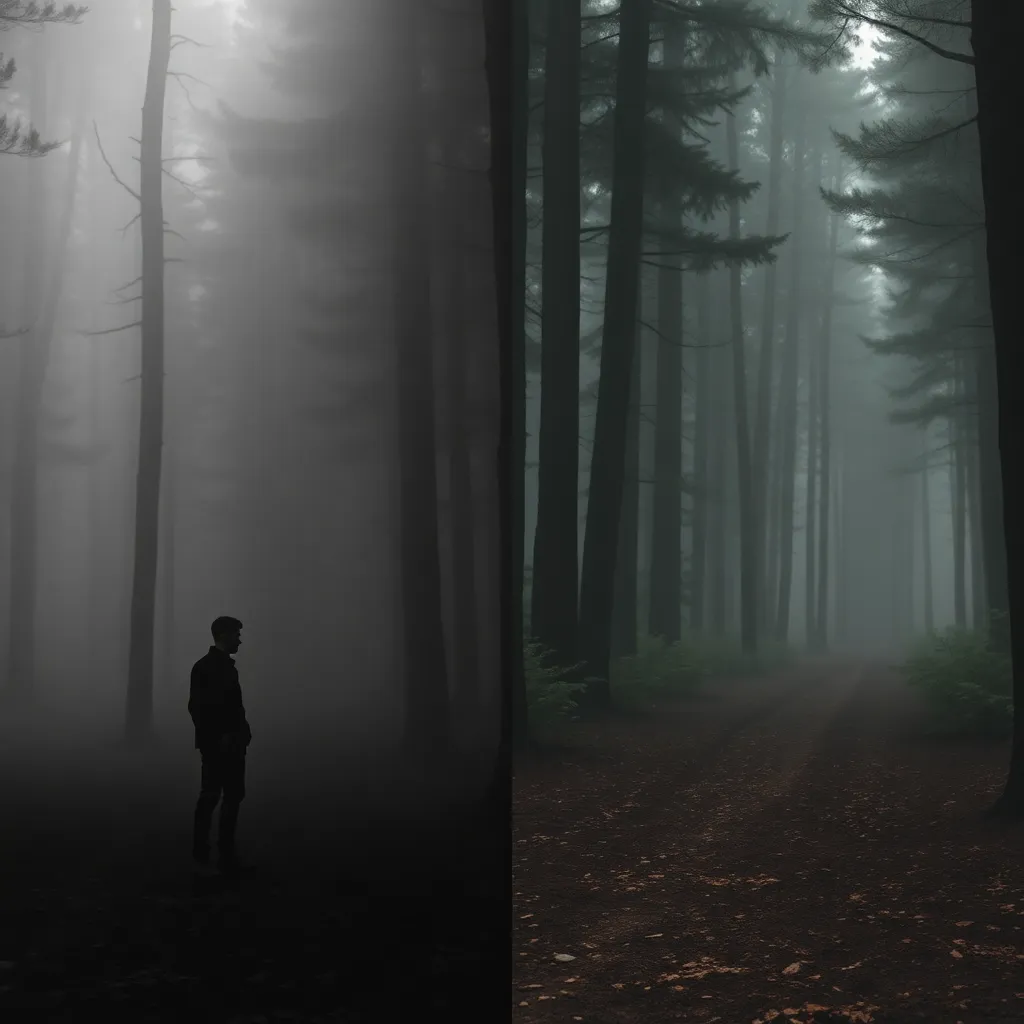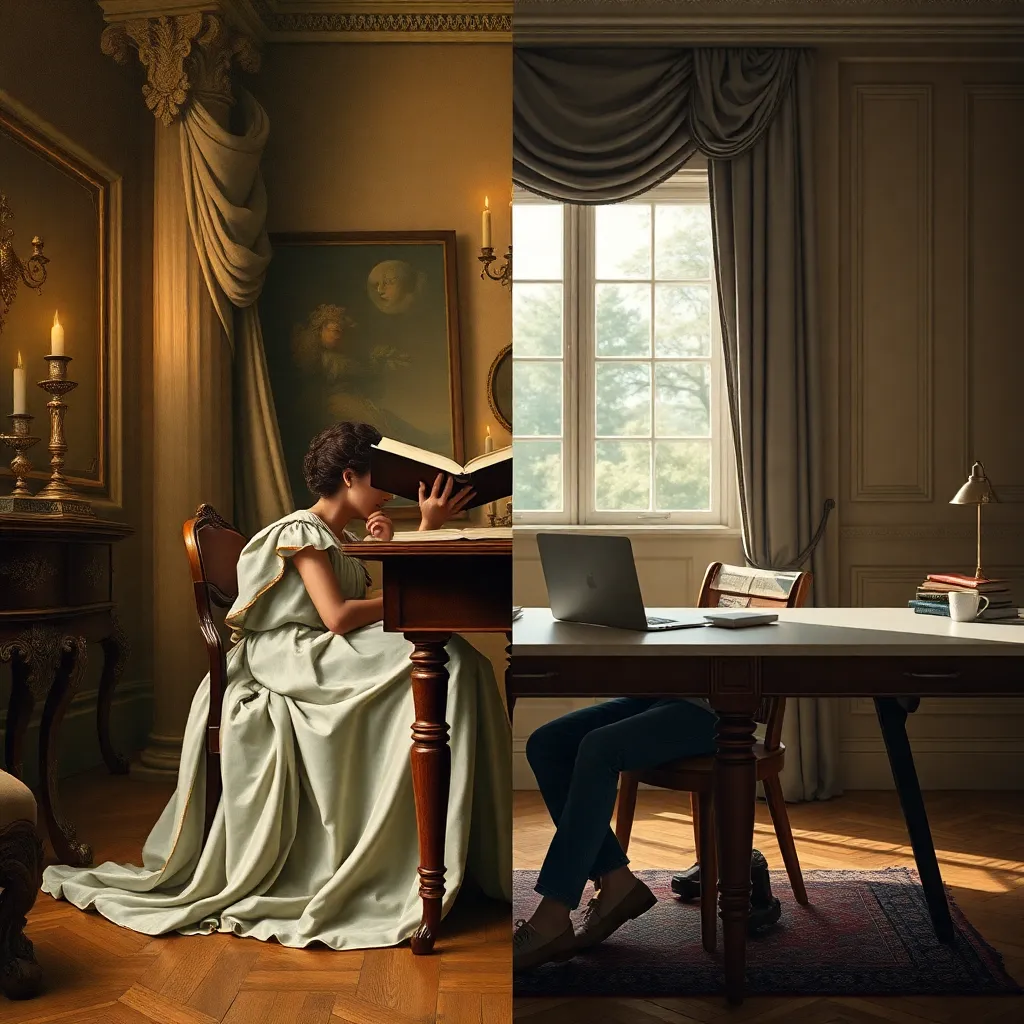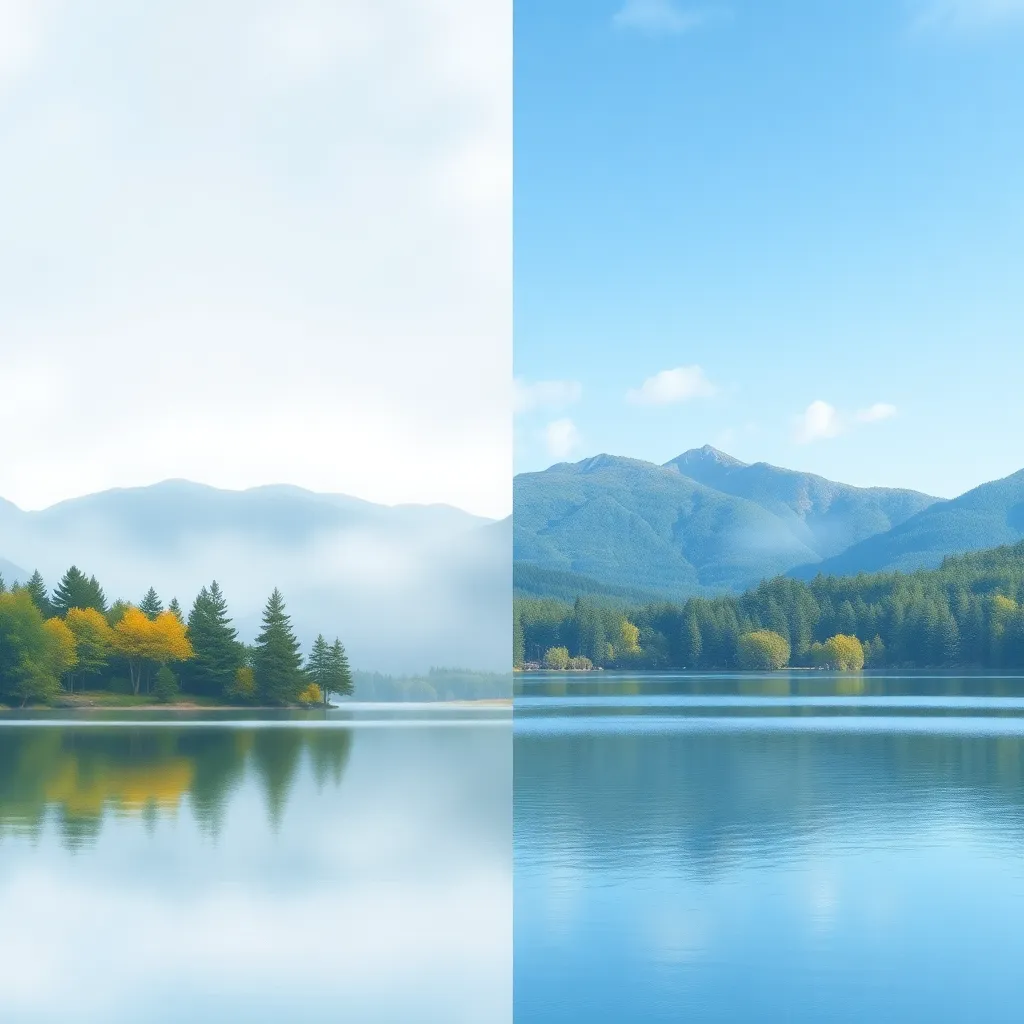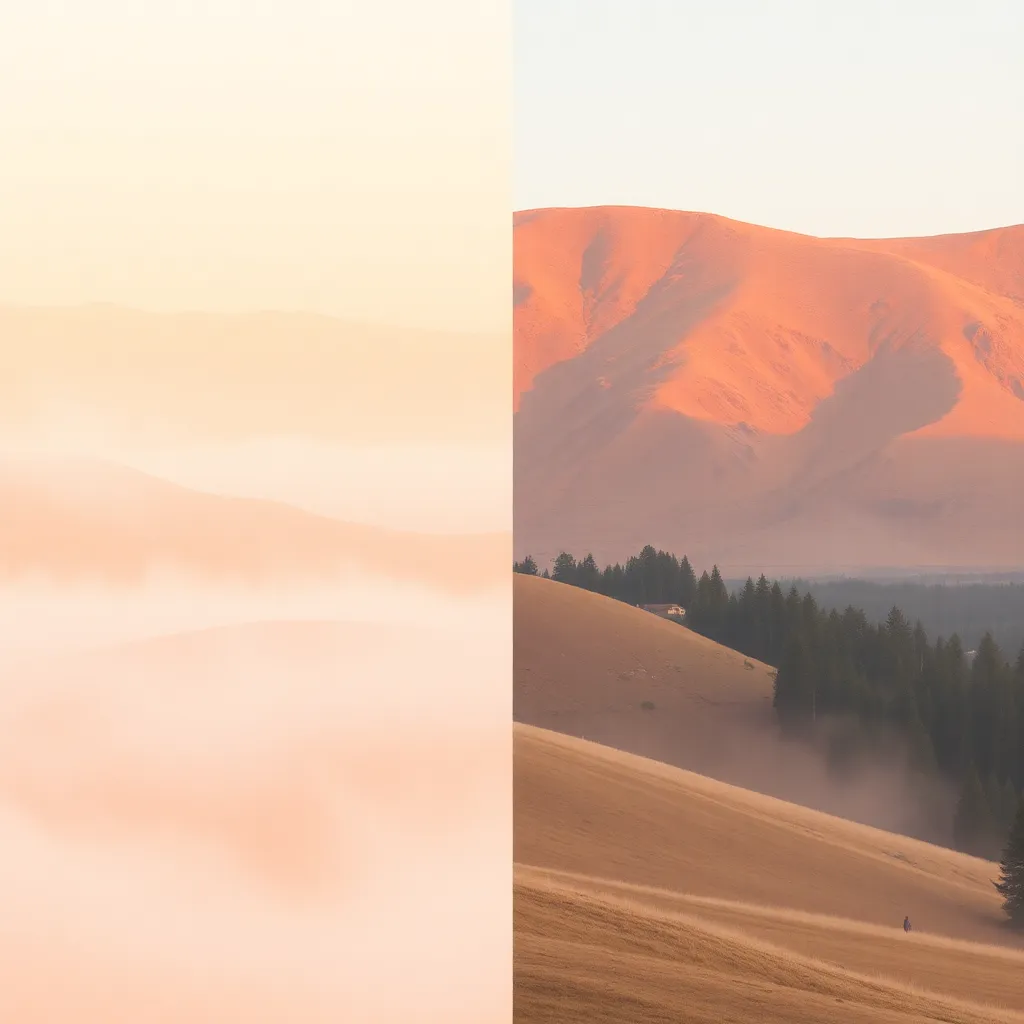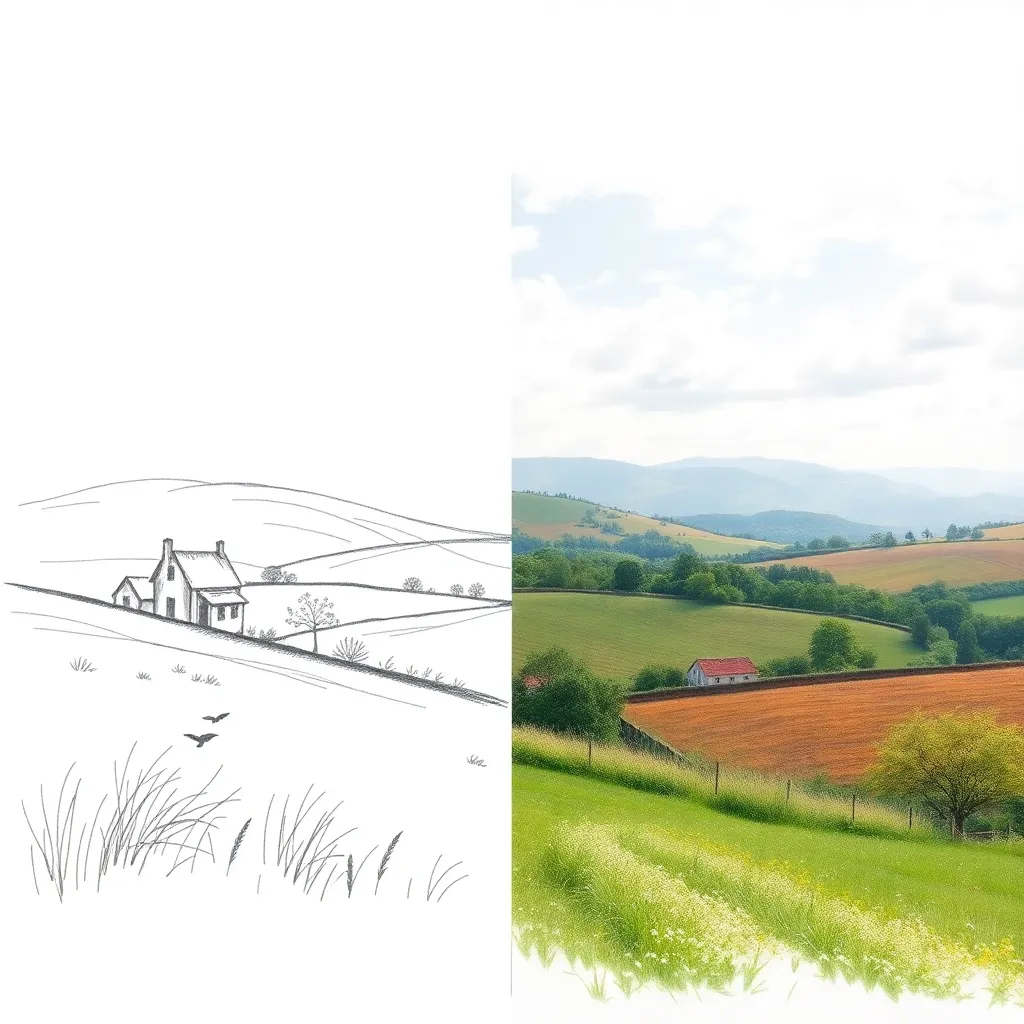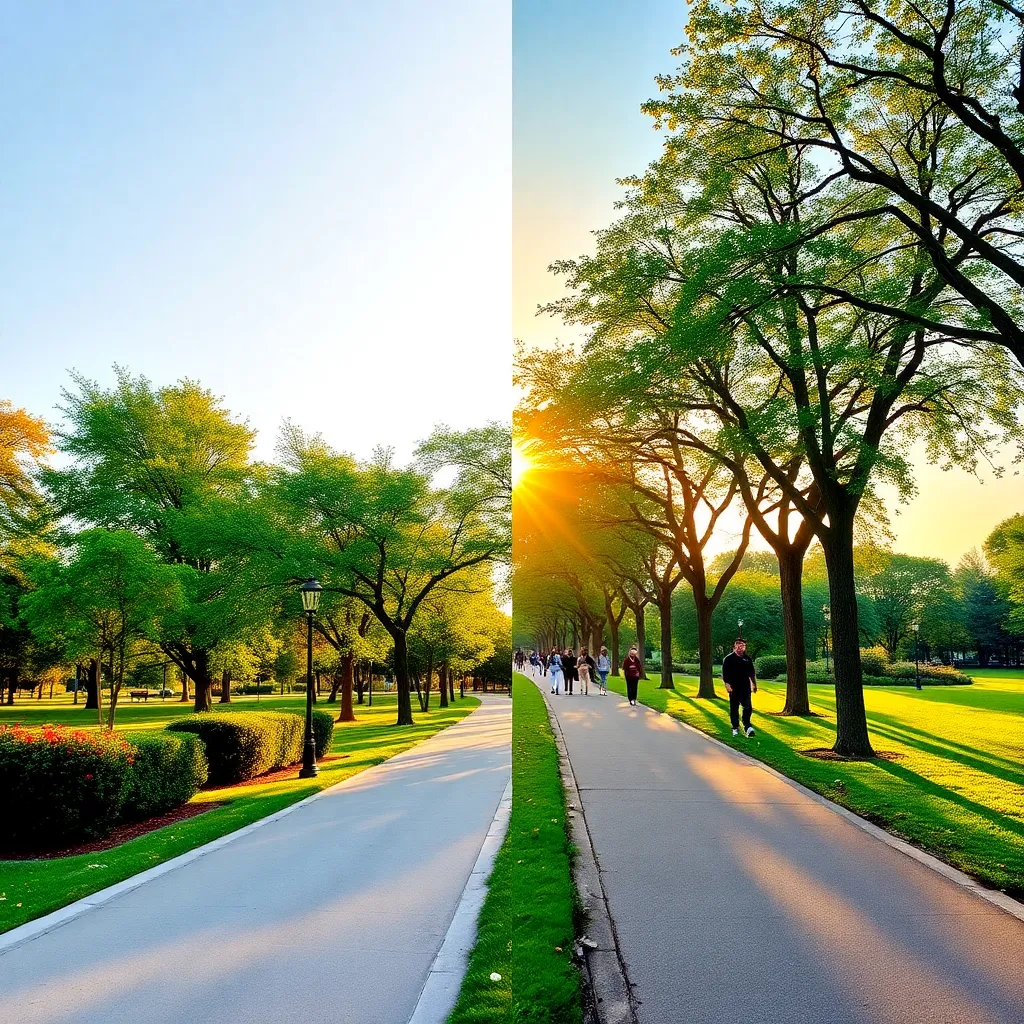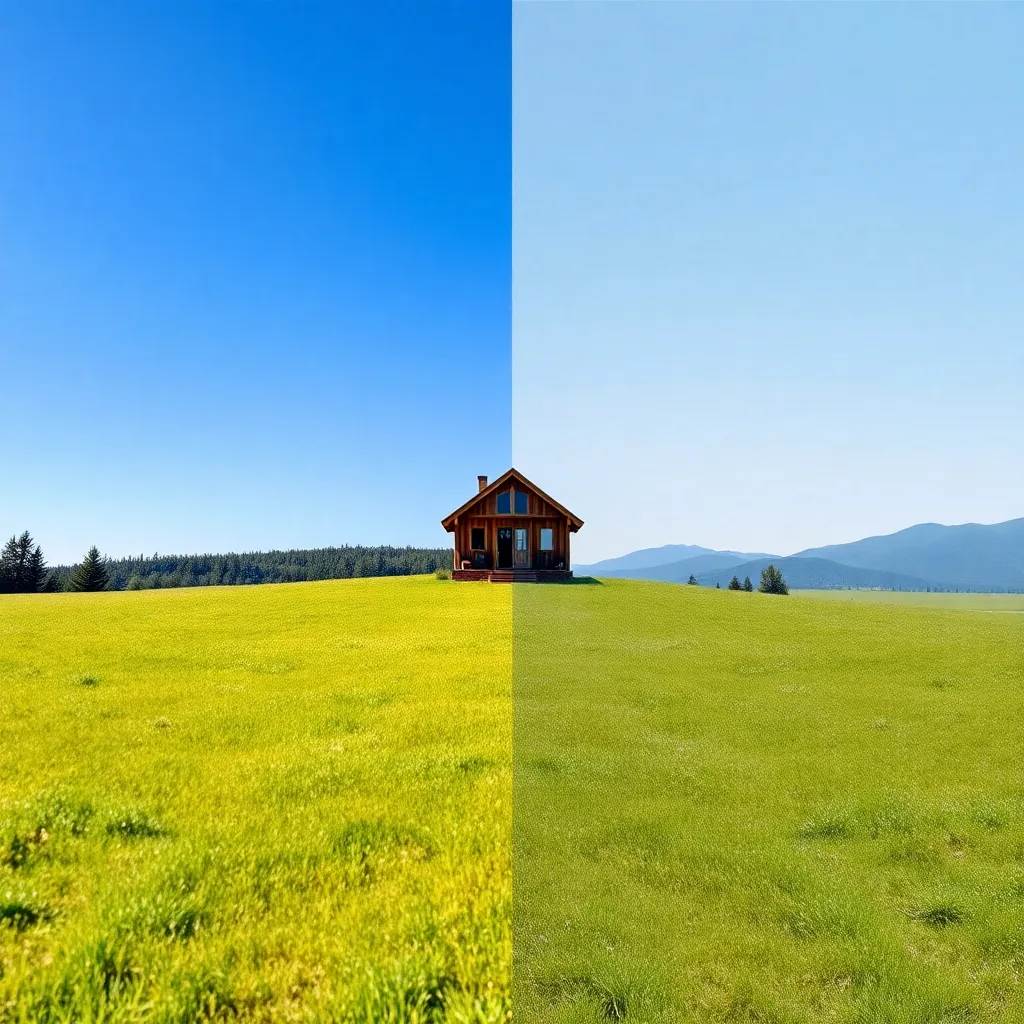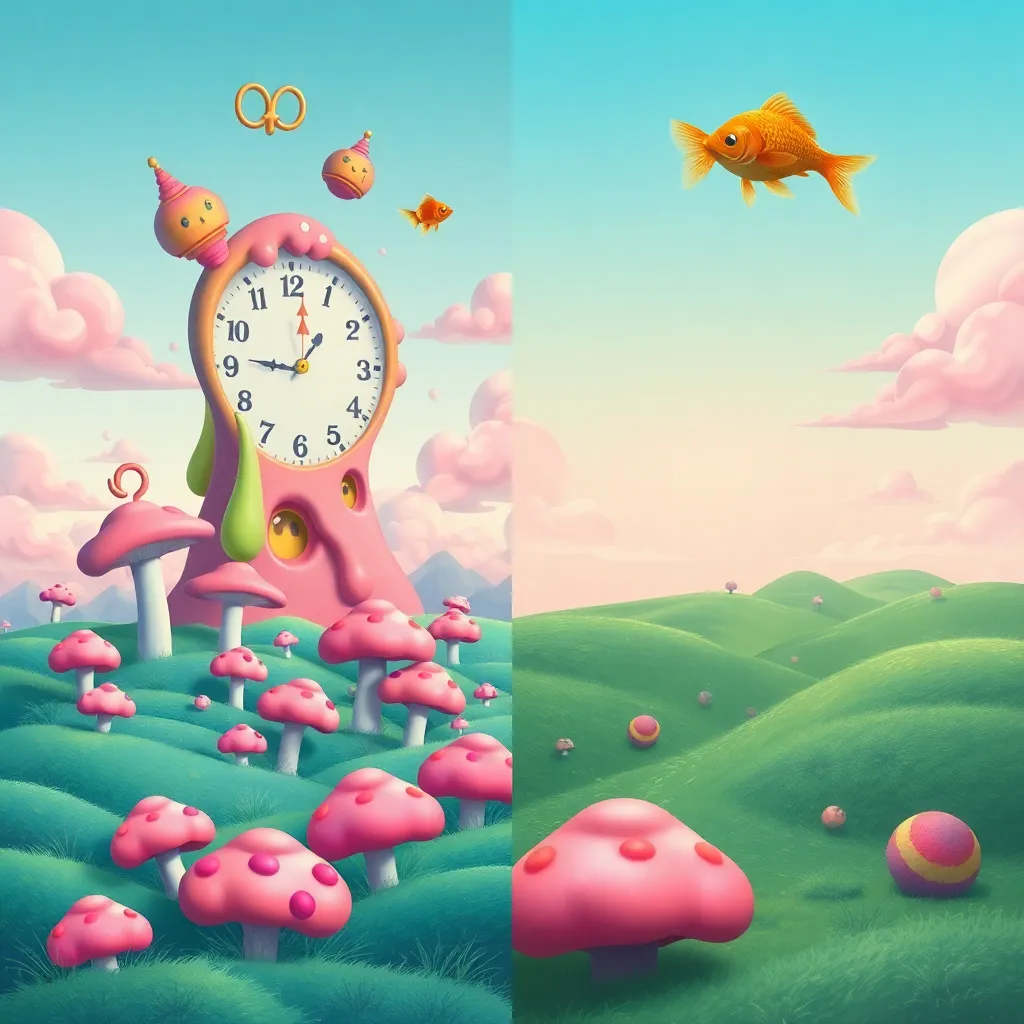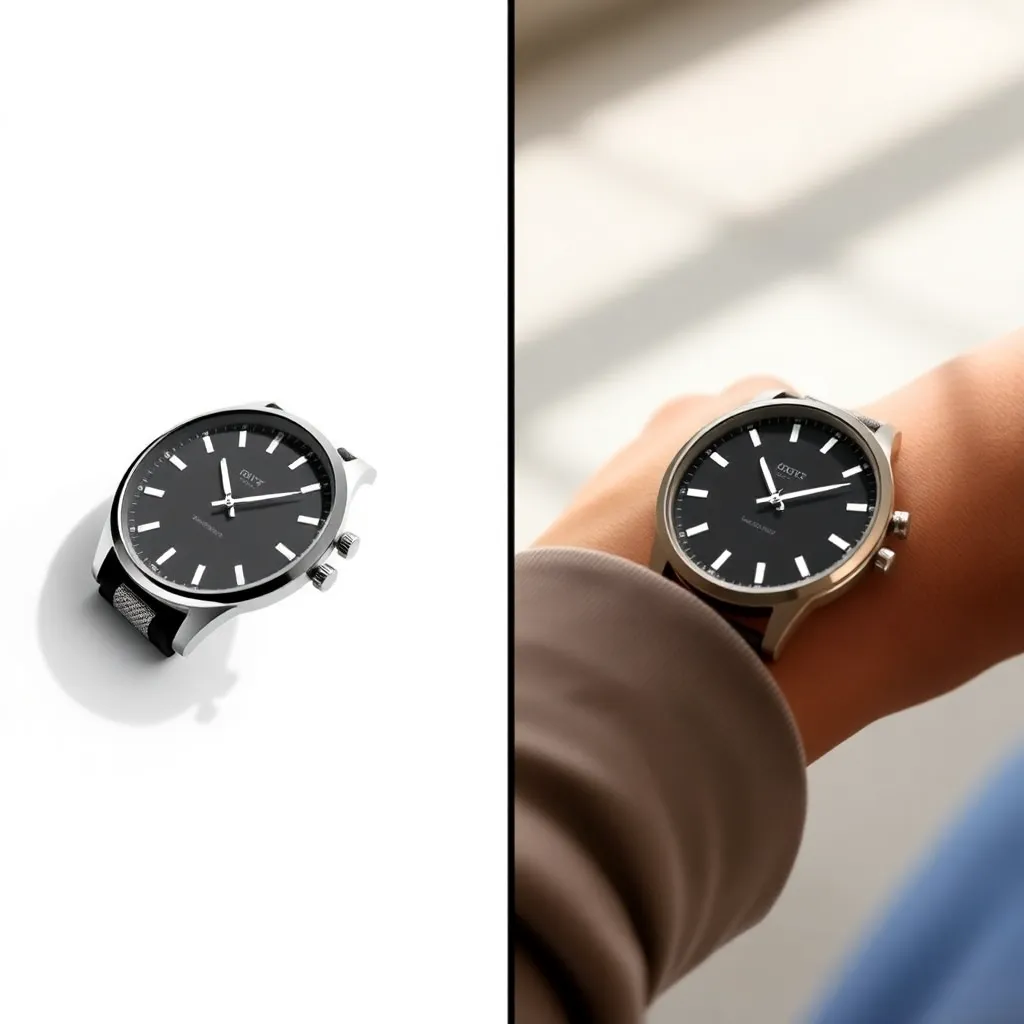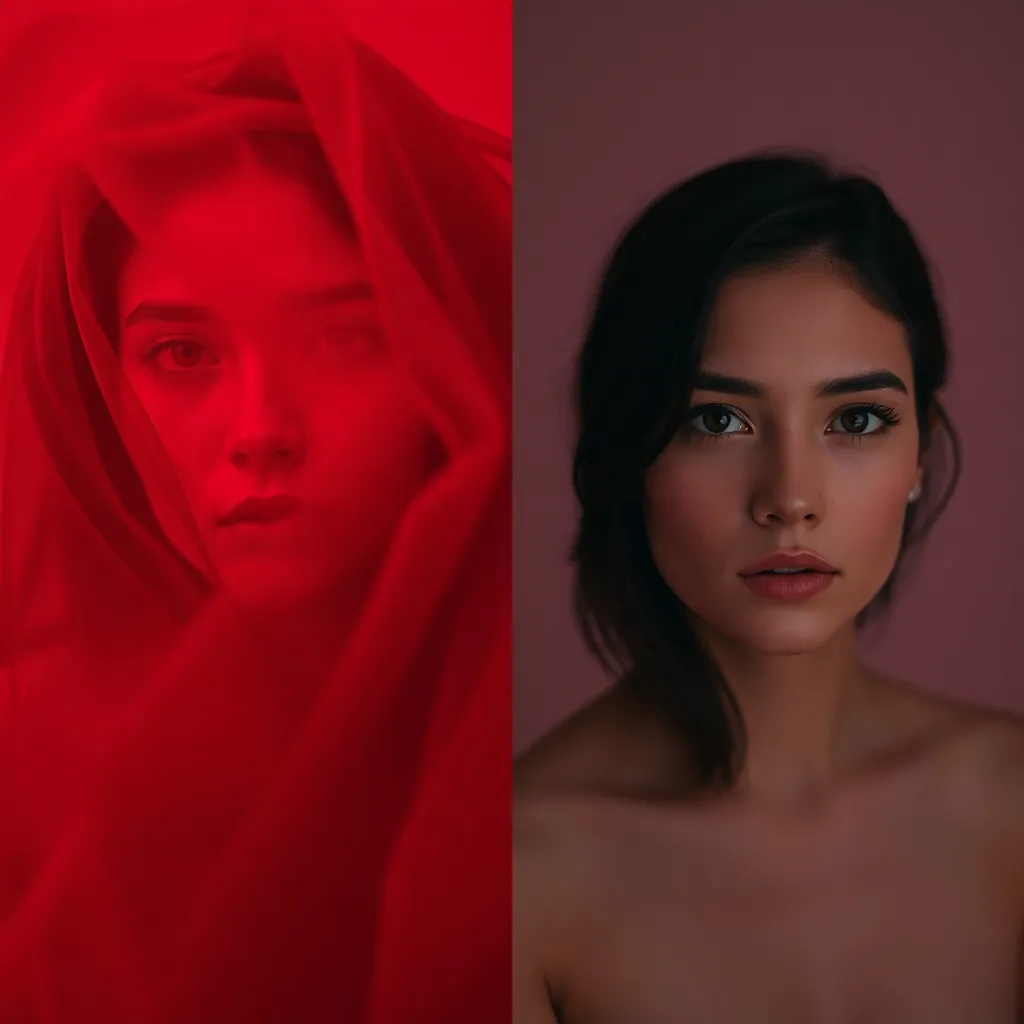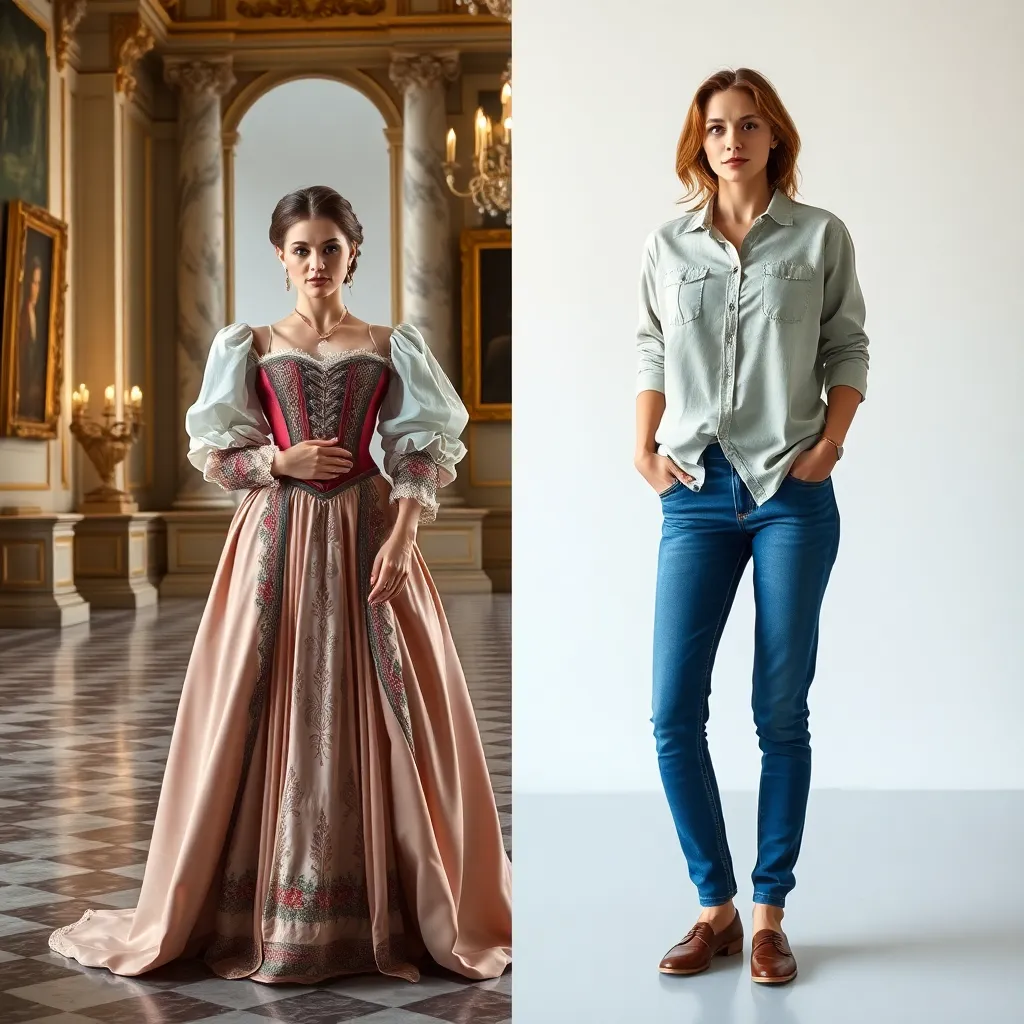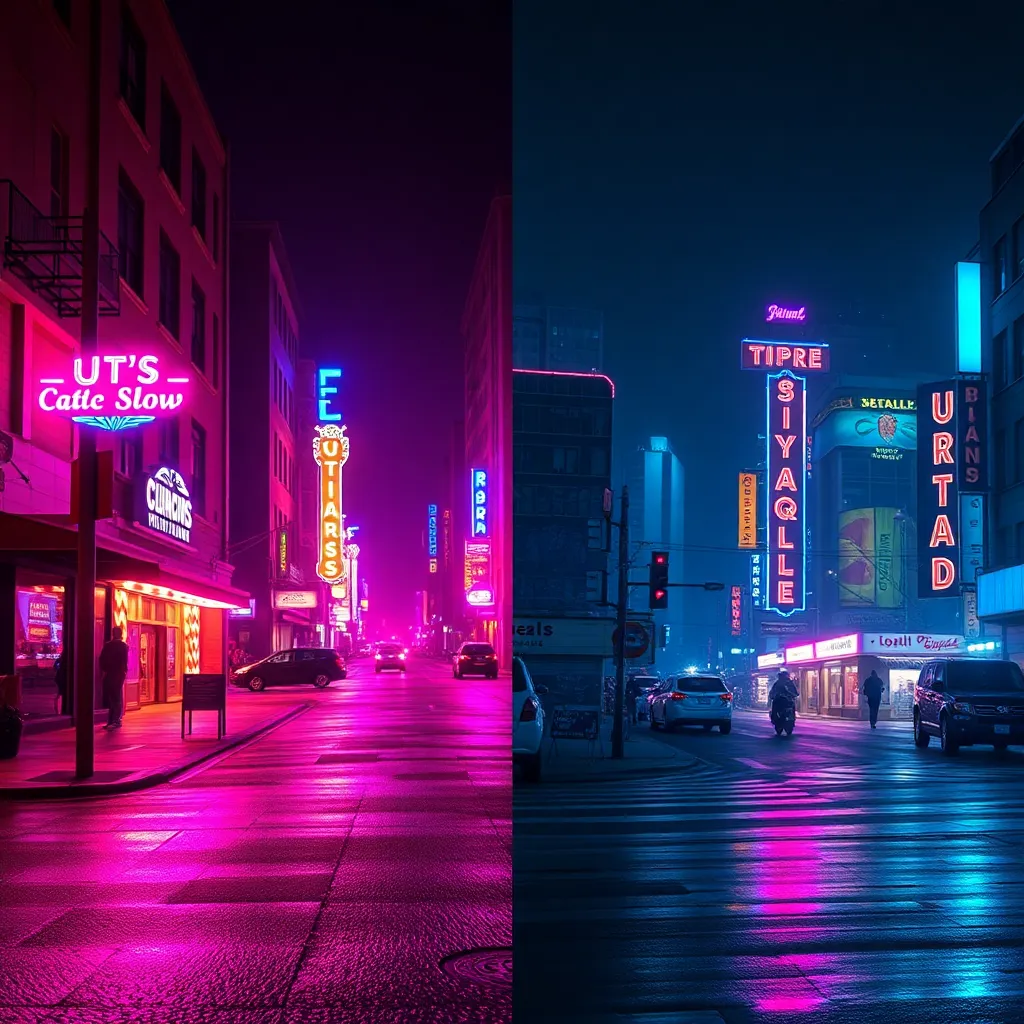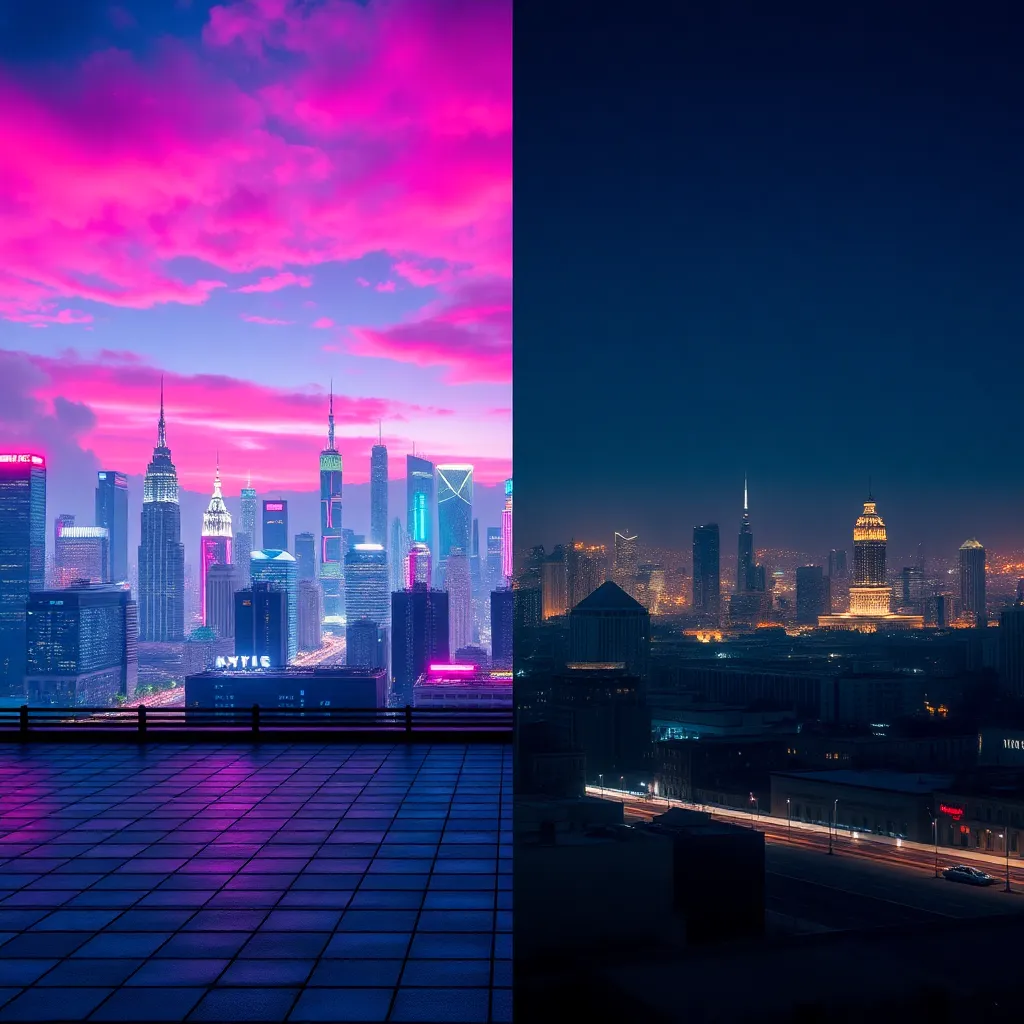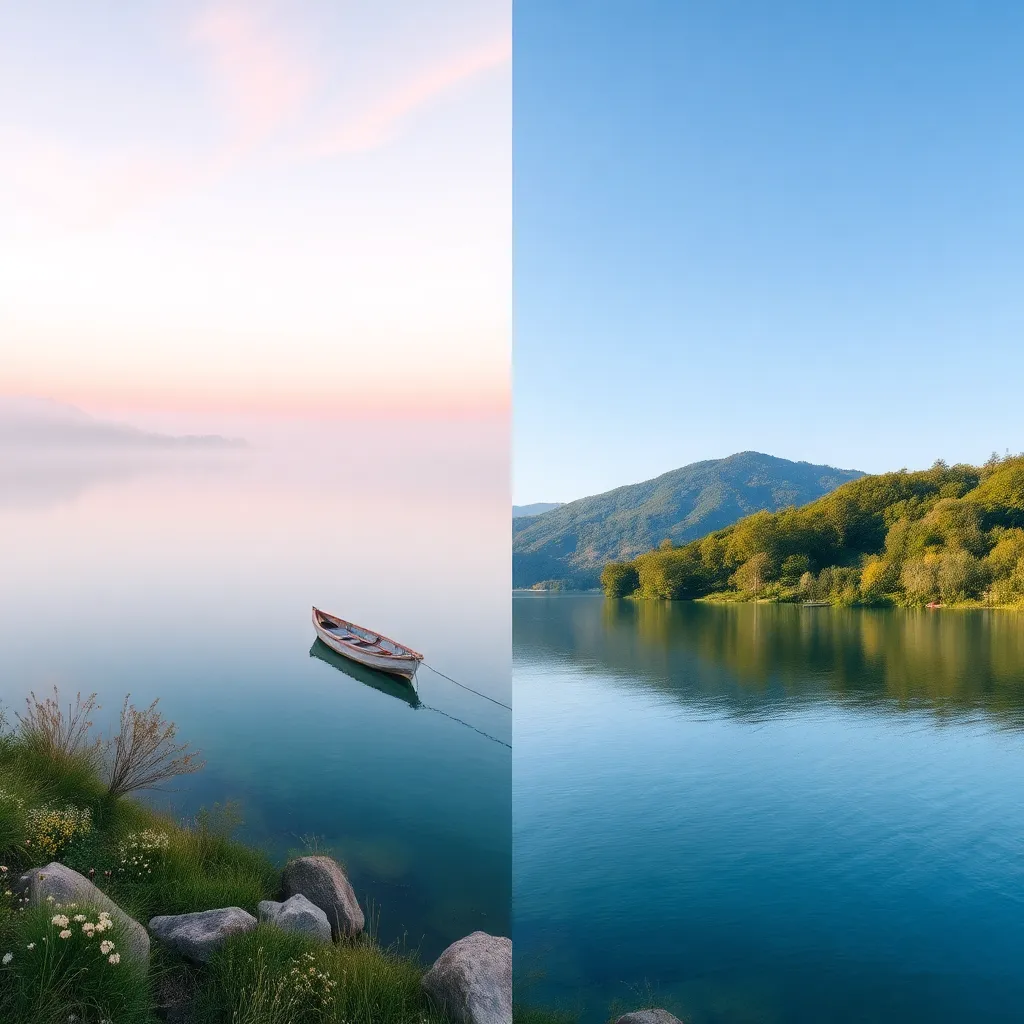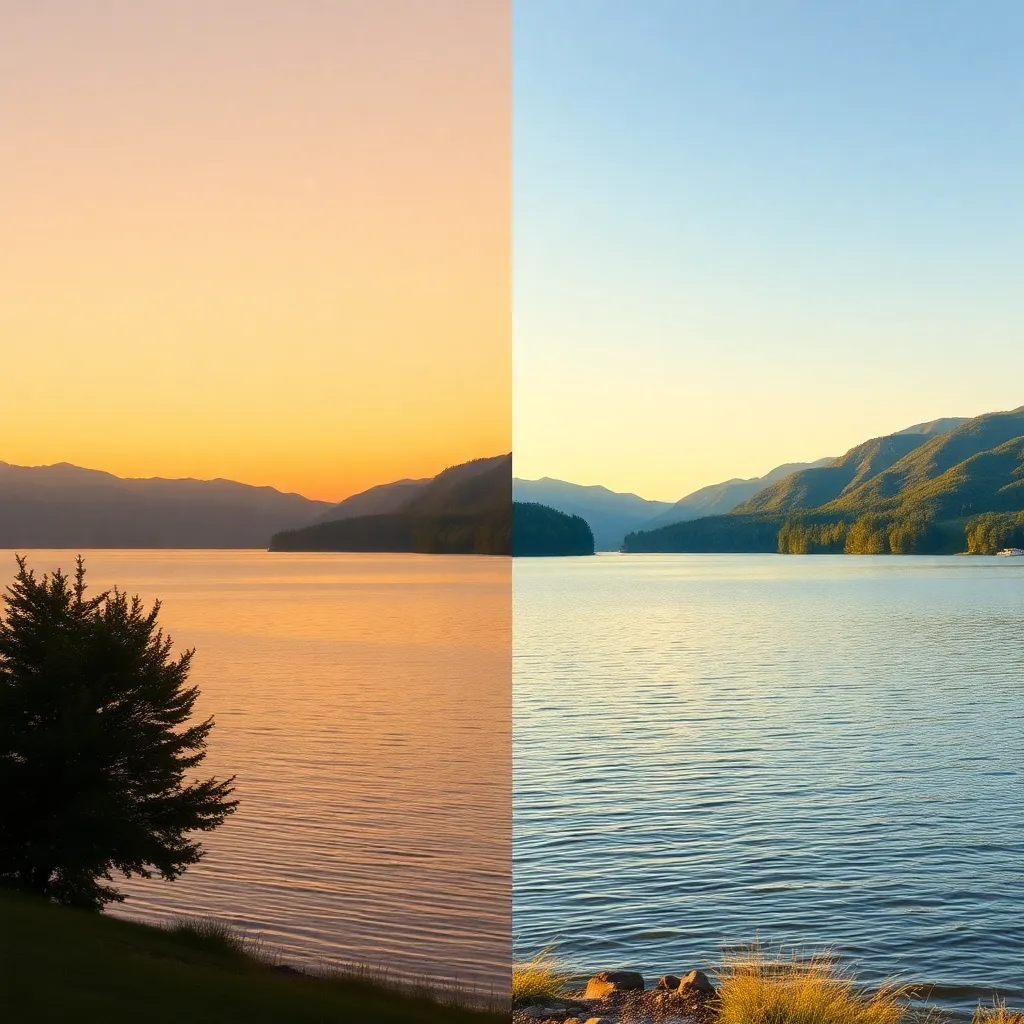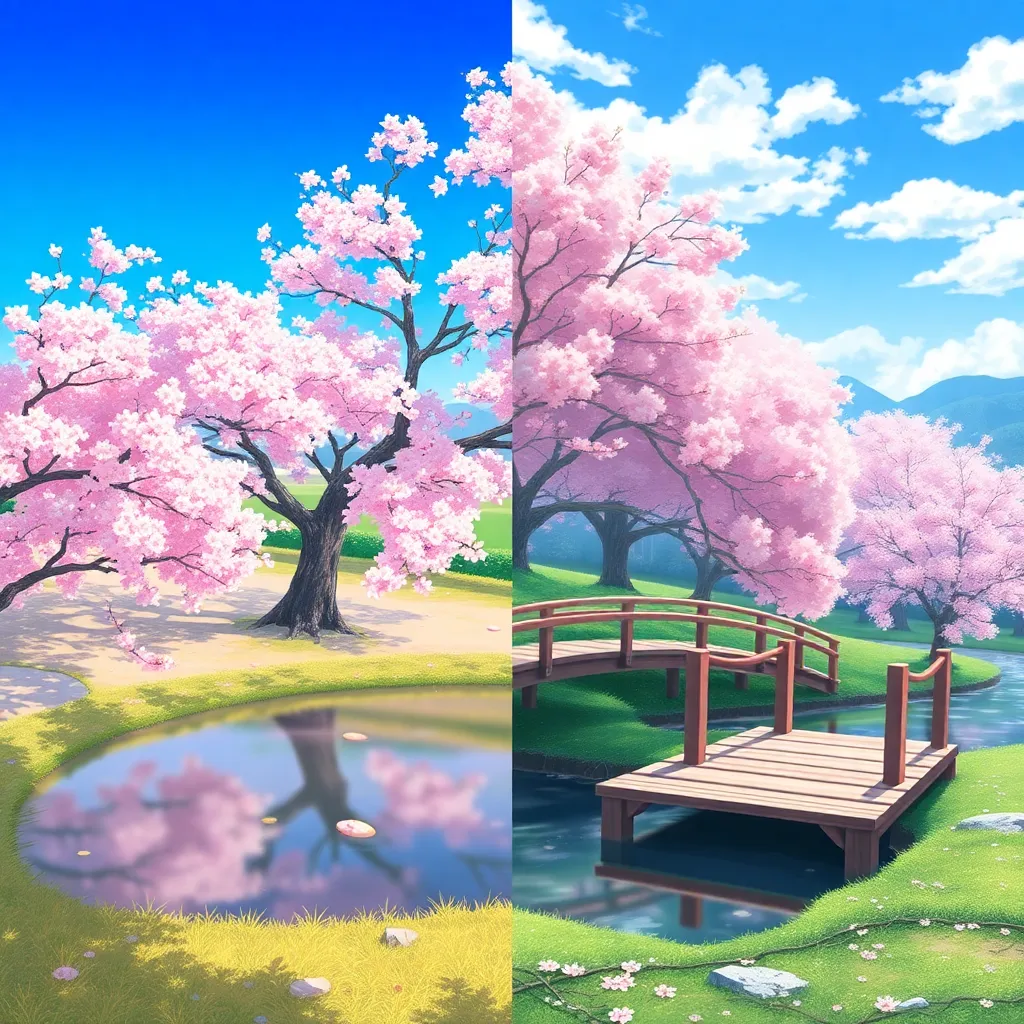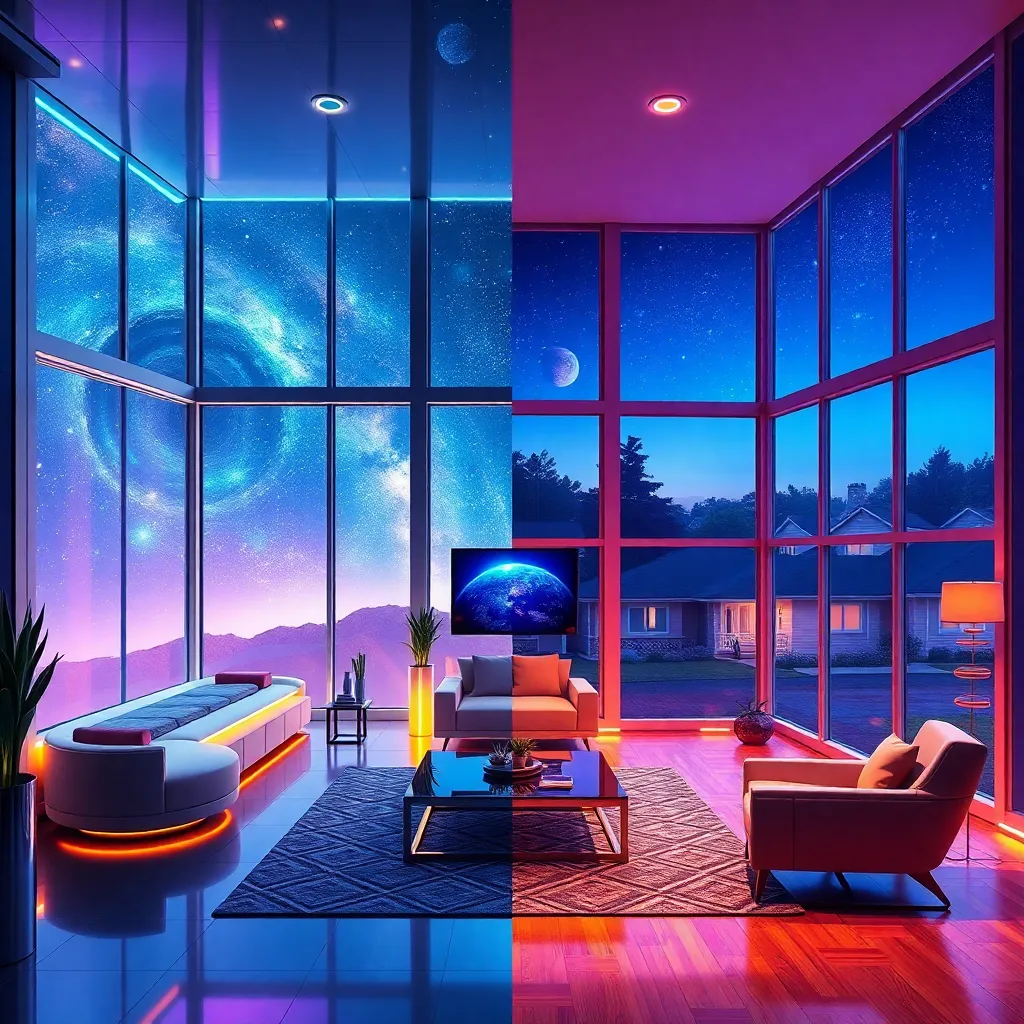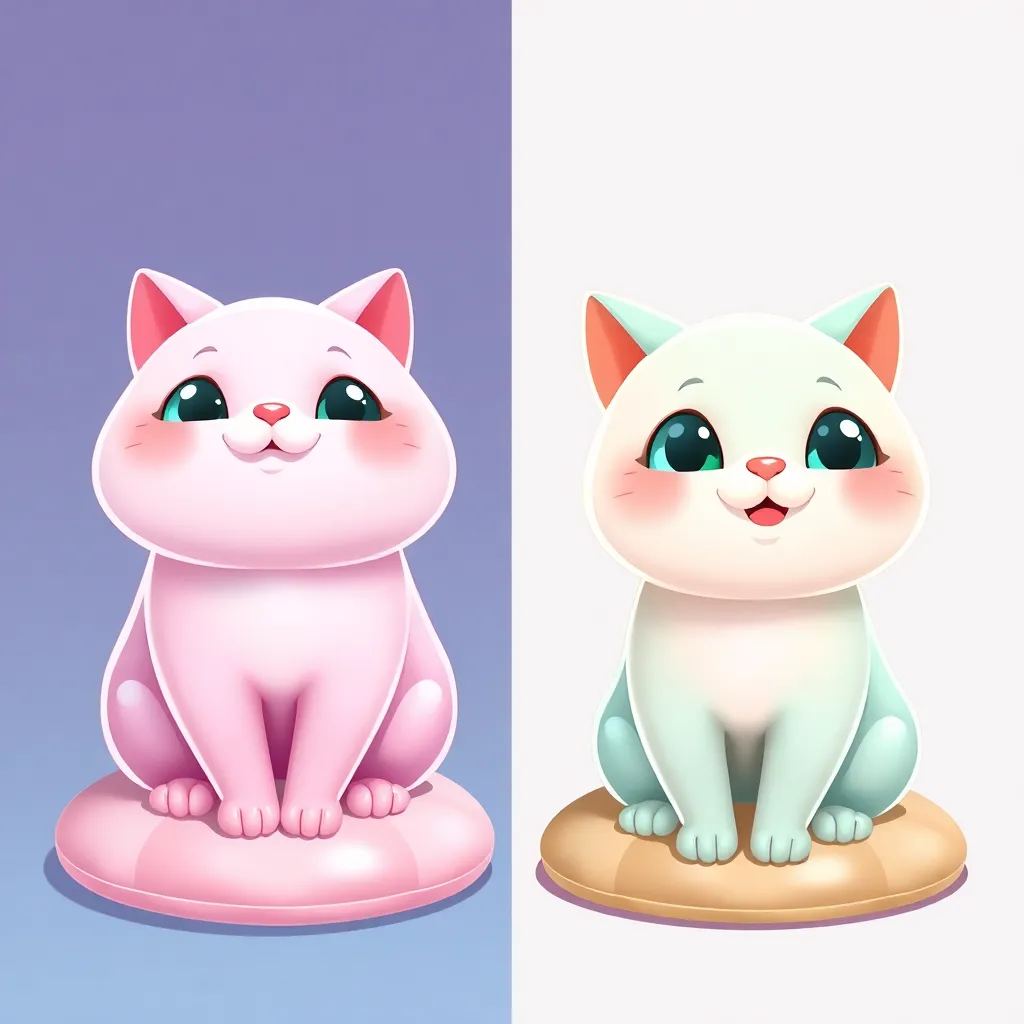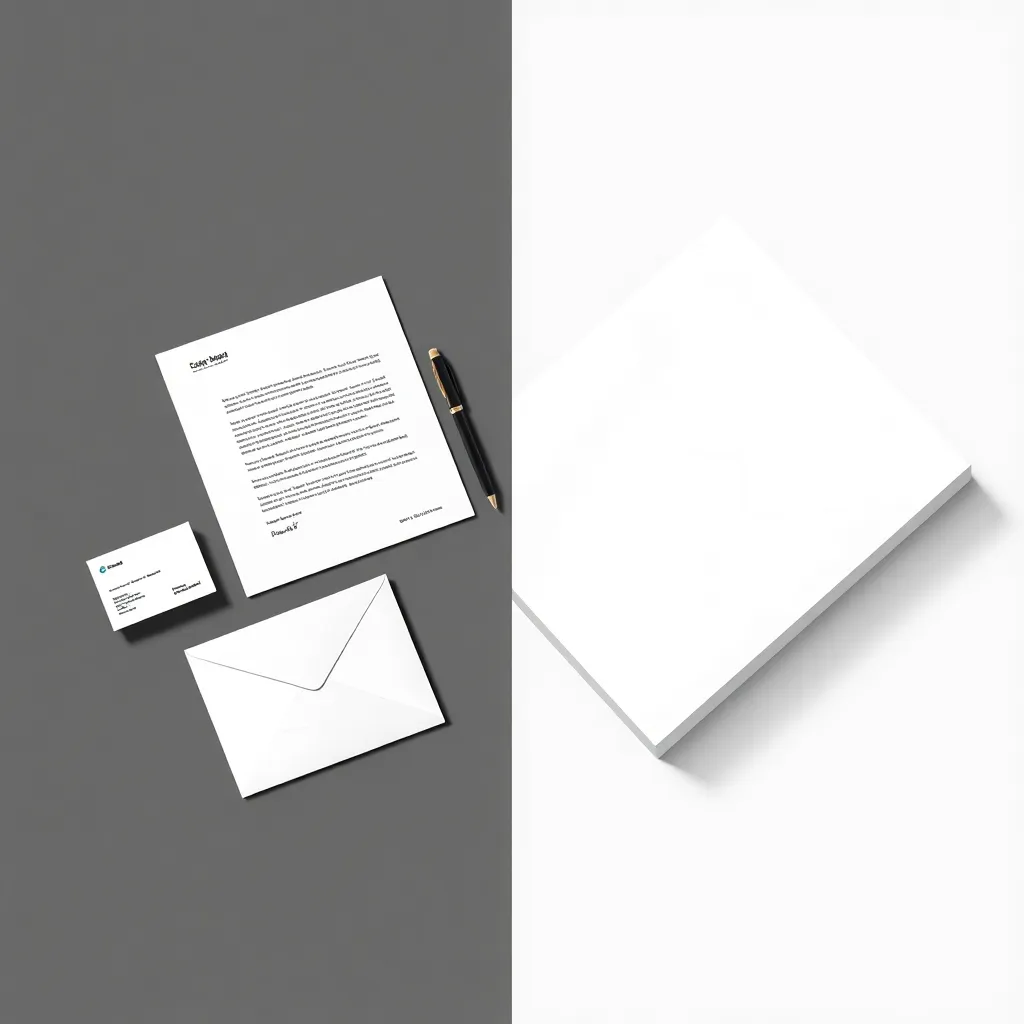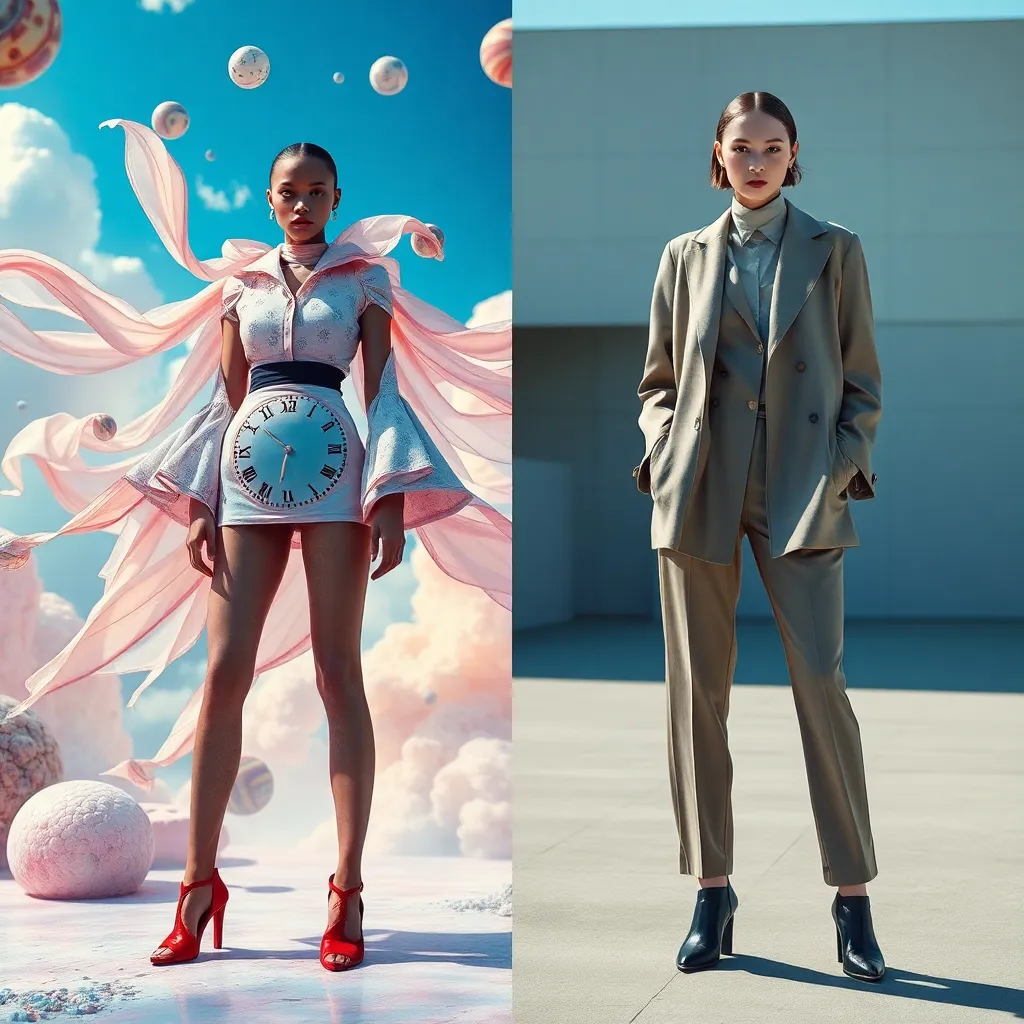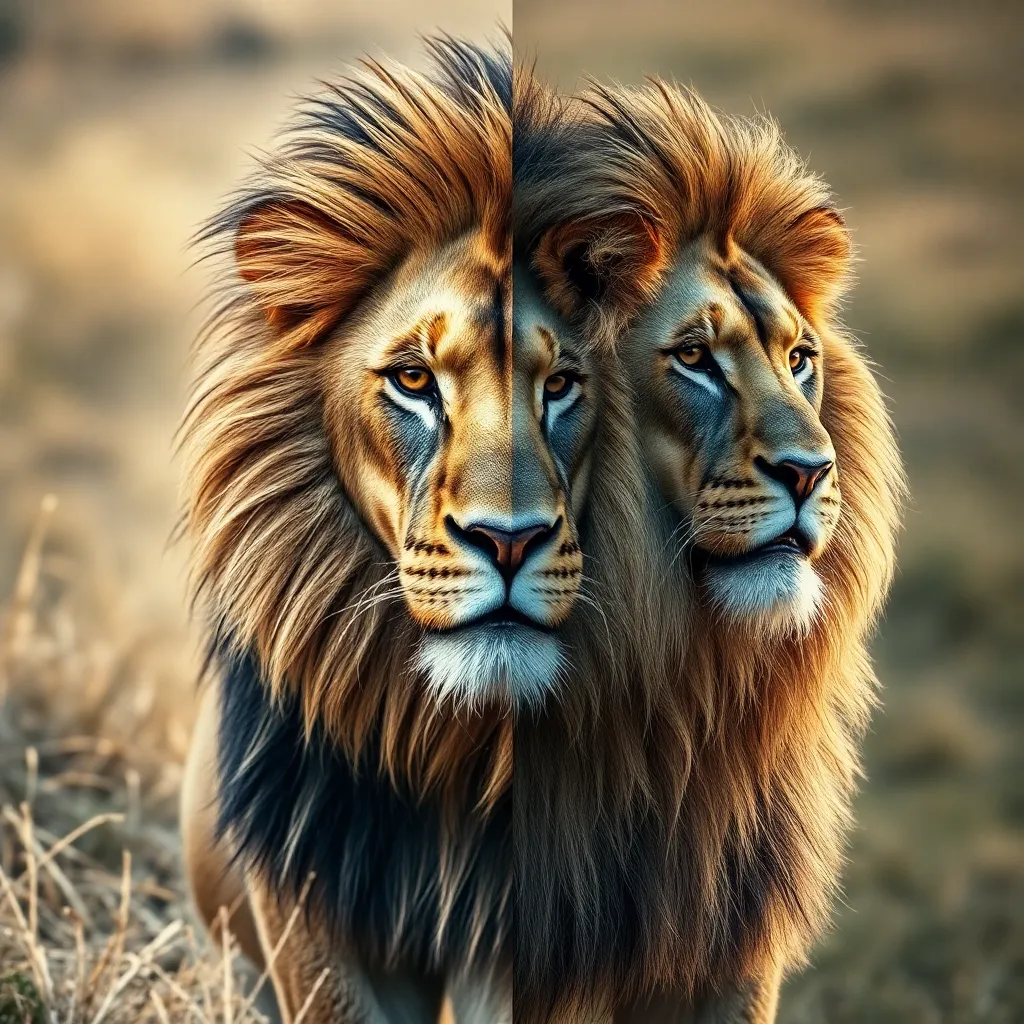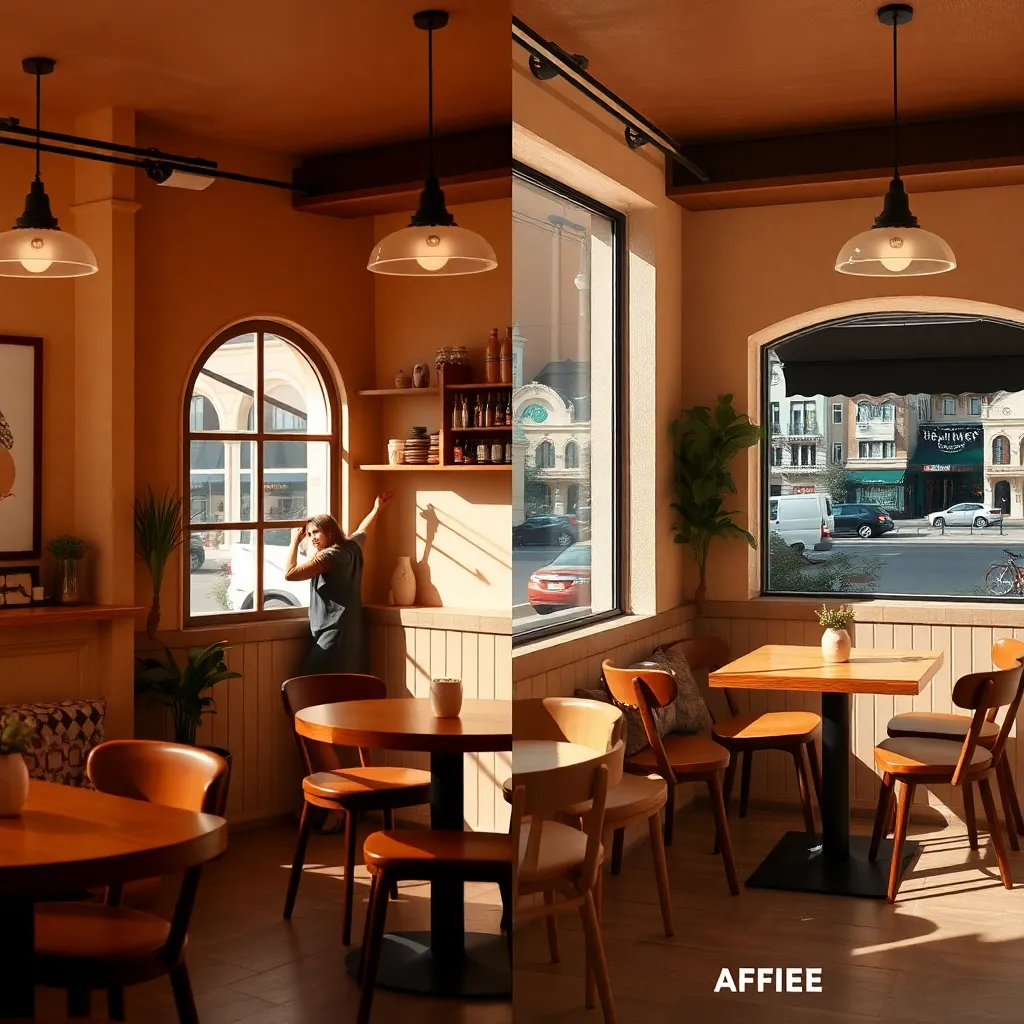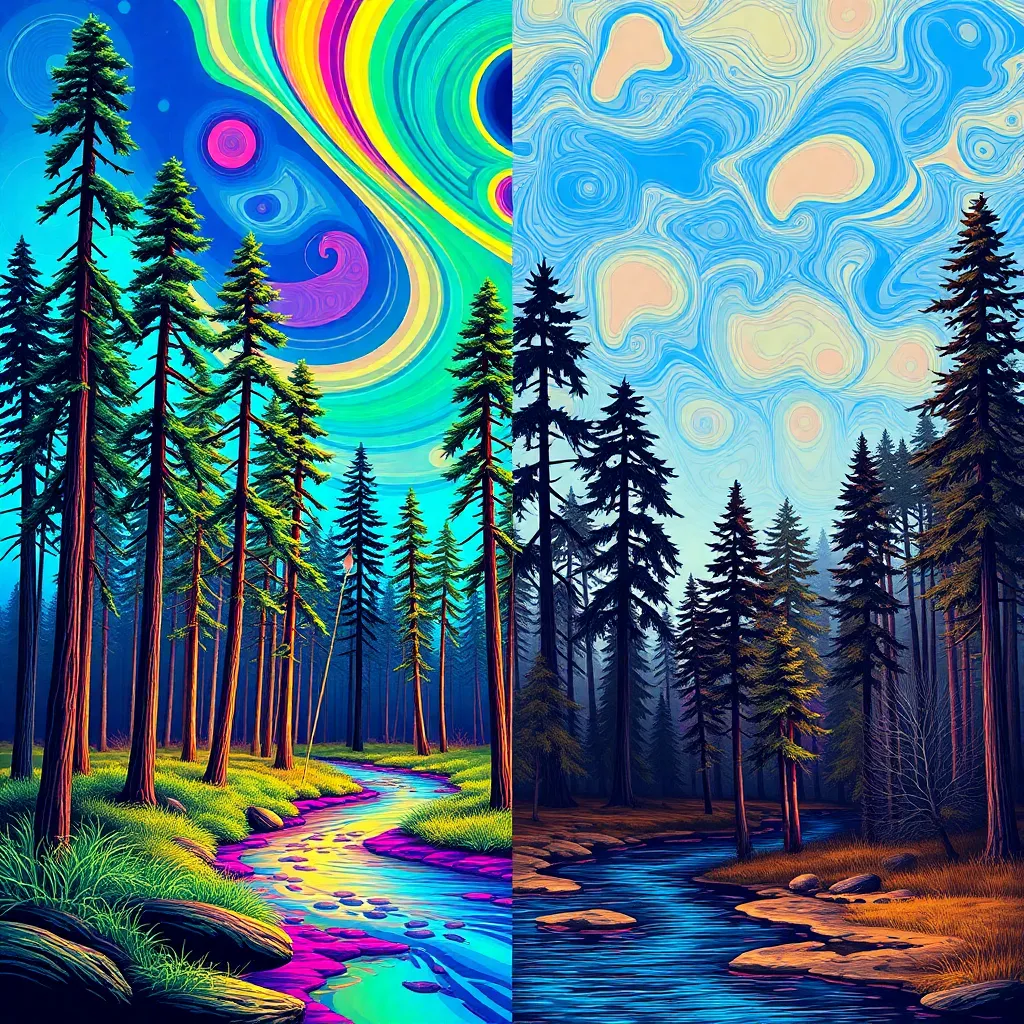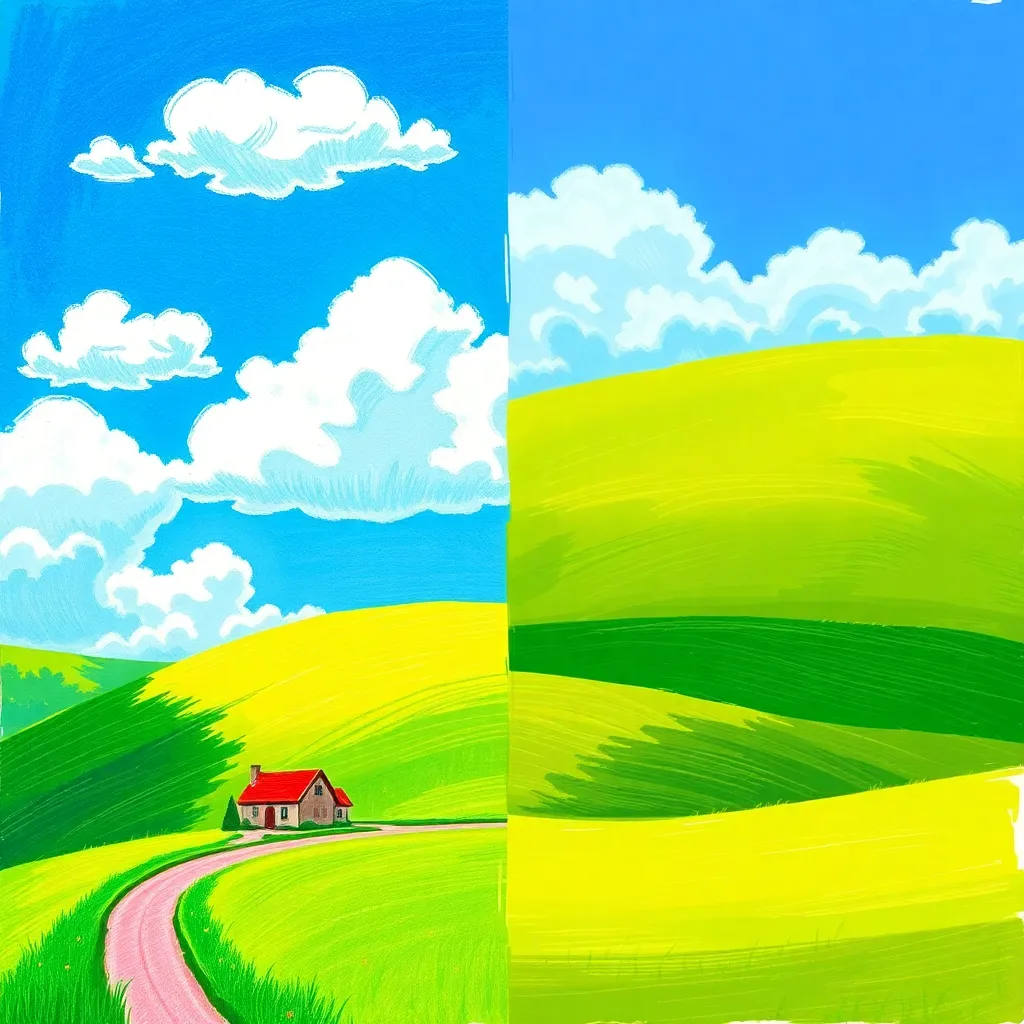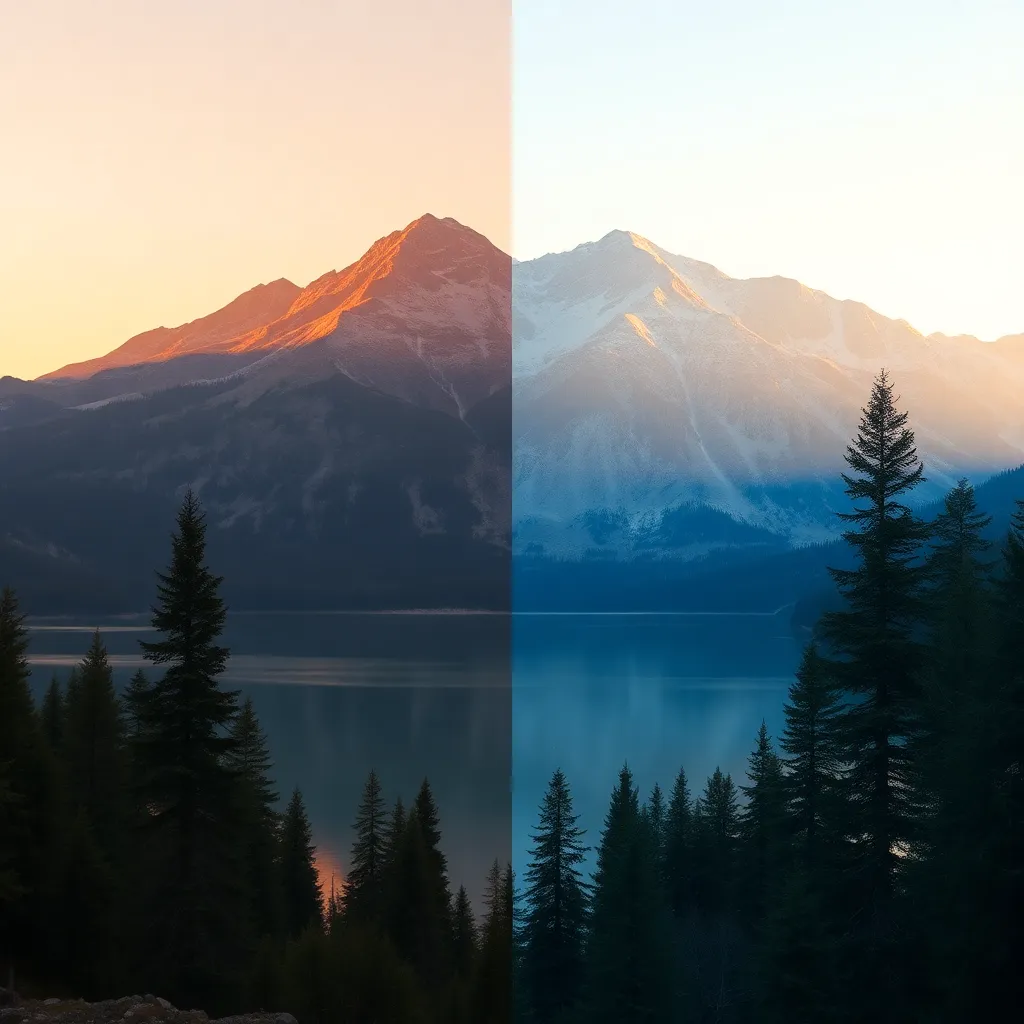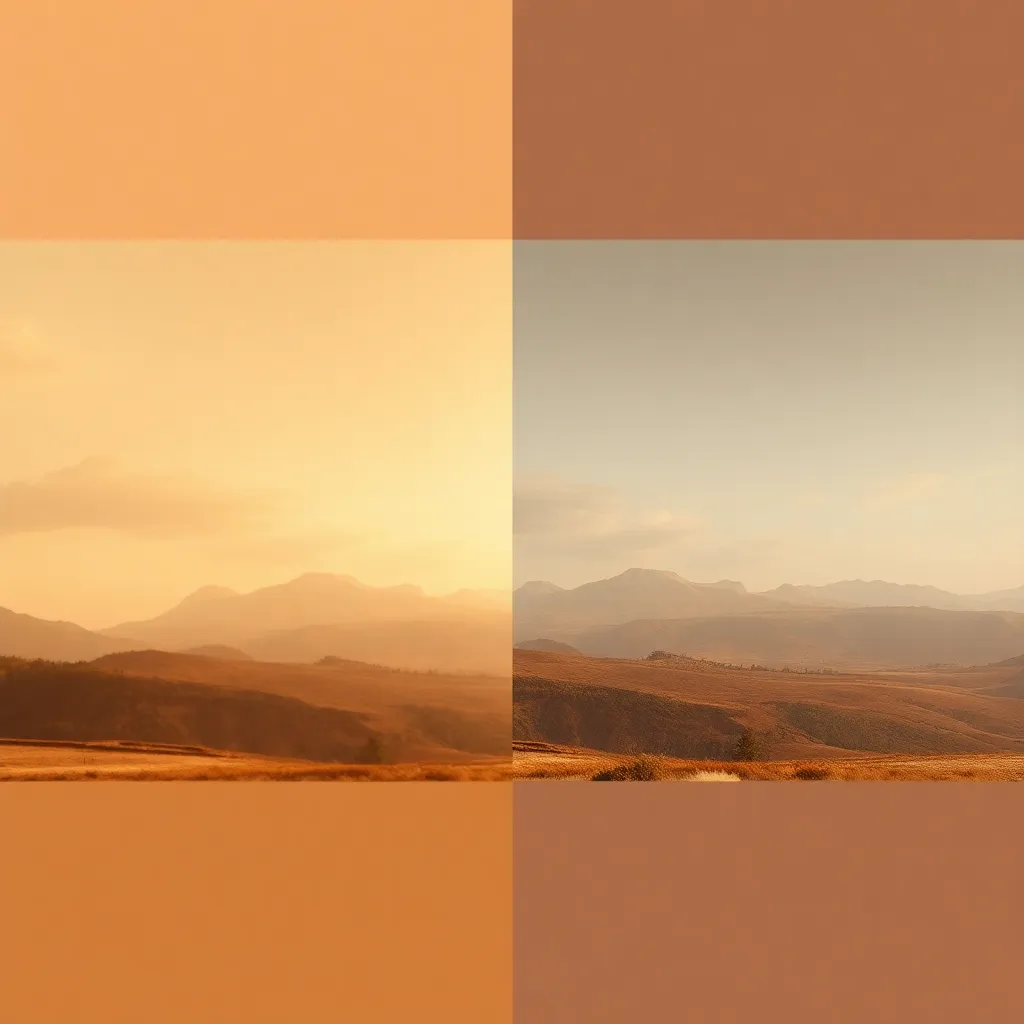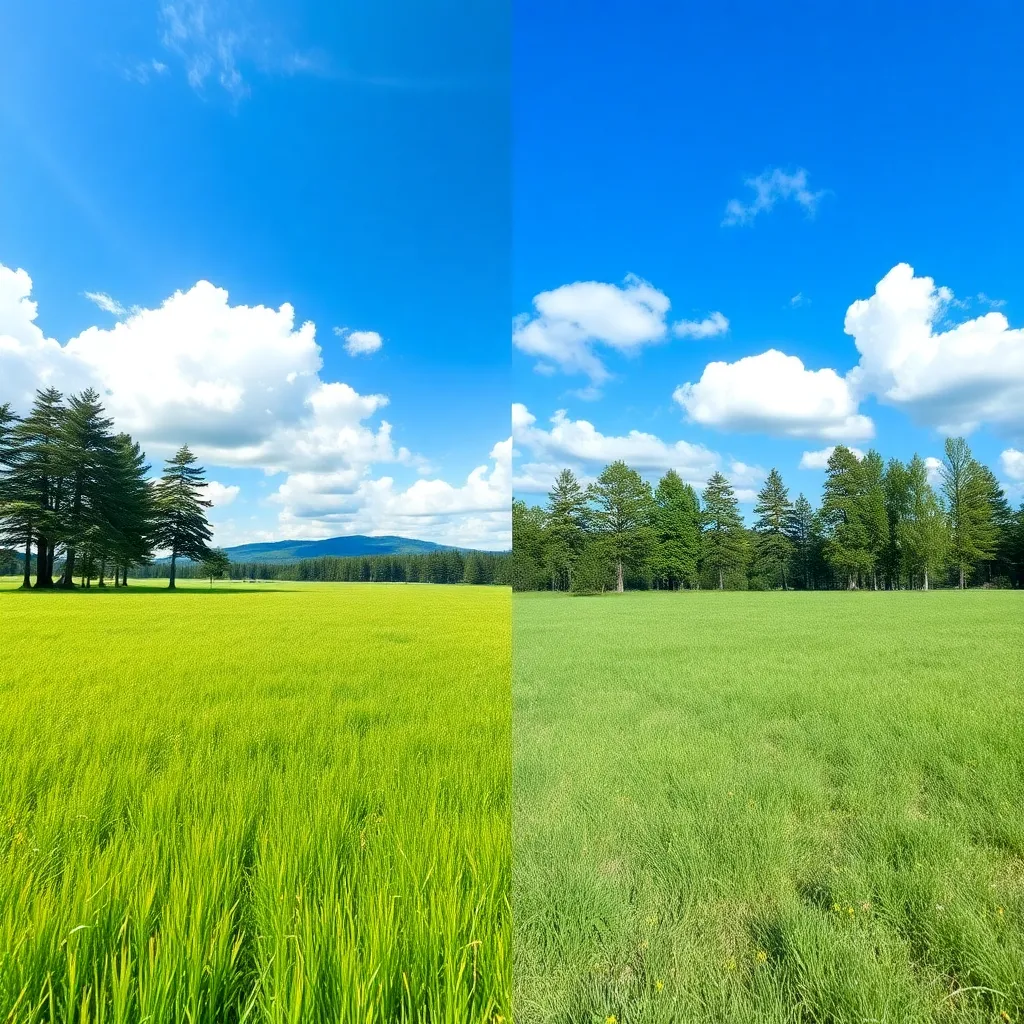What is Streetwear Catalog Style? History and Description
Streetwear catalog style is a photography and visual treatment that merges the energy of street fashion with the clarity and polish of commercial catalog imagery. Originating from the need for streetwear brands to stand out in crowded marketplaces, this style blends the authenticity of urban youth culture with the clean, product-focused approach of high-end lookbooks and online stores.
The history of streetwear dates back to the late 1970s and early 1980s, rooted in skate, surf, hip-hop, and punk subcultures—most notably in cities like Los Angeles, New York, and Tokyo. As streetwear gained mainstream acceptance and luxury crossovers (think Supreme or Off-White collaborations), brands needed a way to visually communicate the unique attitude, textures, and details of their apparel. Thus, the catalog style evolved: combining minimalist backdrops, professional lighting, and confident, sometimes dynamic posing. Unlike traditional catalog shots, streetwear catalog images are infused with urban edge—props, graffiti, cityscapes, and expressive models add context and attitude.
Today, streetwear catalog style is the gold standard for brands looking to resonate with Gen Z and millennial consumers who value authenticity, individuality, and visual impact.
Who is Using Streetwear Catalog Style?
Streetwear catalog style is used across the spectrum of fashion—from streetwear giants like Supreme, Palace, and Stüssy to up-and-coming designers launching on Shopify or Depop. Here’s who leverages it the most:
- Streetwear Brands: Both established and indie labels use this style for product launches, lookbooks, and e-commerce.
- Fashion Magazines: Urban fashion spreads in titles like HYPEBEAST, Highsnobiety, and Vogue’s street style sections.
- Retailers & Marketplaces: Online stores (ASOS, Urban Outfitters) and streetwear-focused marketplaces (Grailed) rely on this style to attract young shoppers.
- Influencers & Content Creators: Social media personalities, stylists, and models use streetwear catalog style images to showcase outfits, build brand partnerships, and drive engagement.
- Event Promoters & Designers: Pop-up events, capsule launches, and designer branding all leverage this style for flyers, banners, and press kits.
How Does Streetwear Catalog Style Enhance Photos?
Streetwear catalog style enhances photos in several key ways:
- Spotlights Apparel Details: By using clean backgrounds and carefully controlled lighting, the eye is drawn directly to the clothing—highlighting colors, textures, and construction.
- Conveys Urban Energy: Dynamic poses, urban props, and real city backdrops inject each image with movement and attitude, echoing the origins of streetwear culture.
- Boosts Commercial Appeal: The professional finish makes images instantly suitable for online shops, catalogs, and marketing—helping brands look premium and trustworthy.
- Builds Brand Identity: Consistency in style across campaigns and collections creates a recognizable aesthetic, strengthening brand recall and loyalty.
- Increases Social Engagement: Bold visuals, sharp styling, and relatable settings make images more shareable and save-worthy on social platforms—fueling organic reach and audience growth.
Use Cases: When and Where to Use Streetwear Catalog Style
Streetwear catalog style is versatile and can be adapted for a range of fashion photography needs:
- Online Store Product Listings: Clean, sharp images help customers see exactly what they’re buying, increasing conversion rates and reducing returns.
- Fashion Magazine Spreads: Editorial features benefit from the energetic, urban vibe—making trends feel current and aspirational.
- Social Media Campaigns: Influencer takeovers, hashtag challenges, and brand activations all use this style to stand out in busy feeds.
- Seasonal Lookbooks: Curated wardrobe shots for Spring/Summer or Fall/Winter collections make it easy for shoppers to visualize complete outfits.
- Event Promotions: Pop-up shops and limited-edition drops need visual excitement and exclusivity, which this style delivers with urban settings and after-dark lighting.
- Designer Branding: New designers use streetwear catalog images to introduce their brand story, showcase signature pieces, and establish credibility with buyers and press.
Each use case leverages the style’s strengths—clarity, attitude, and urban appeal—to connect with audiences who value both fashion and authenticity.
Pro Tips for Mastering Streetwear Catalog Style
- Prioritize Lighting: Use softboxes or diffused daylight to reduce harsh shadows and ensure every clothing detail is visible. Urban environments benefit from natural light or carefully placed strobes.
- Curate Backgrounds: Minimalist backdrops (white, grey, concrete) keep focus on the apparel, while gritty cityscapes or graffiti add energy without overwhelming the subject.
- Direct Confident Poses: Guide models to pose naturally but with a sense of attitude—think relaxed, mid-movement, or expressive stances that echo real street style.
- Emphasize Styling & Accessories: Layering, bold sneakers, hats, and statement jewelry help convey the streetwear ethos and add complexity to the shot.
- Edit for Consistency: Use color grading and post-processing to maintain a cohesive look across your campaign or catalog—subtle contrast and vibrancy go a long way.
- Tell a Story: Even in catalog shots, hint at a lifestyle—let the setting, pose, or prop suggest a narrative that resonates with your target audience.
Conclusion
Streetwear catalog style is more than just a visual trend—it’s a dynamic approach to fashion photography that perfectly balances the authenticity of street culture with the professionalism of commercial imagery. By mastering its key elements, photographers and brands can create compelling visuals that not only sell apparel but also build lasting brand identity and community.
